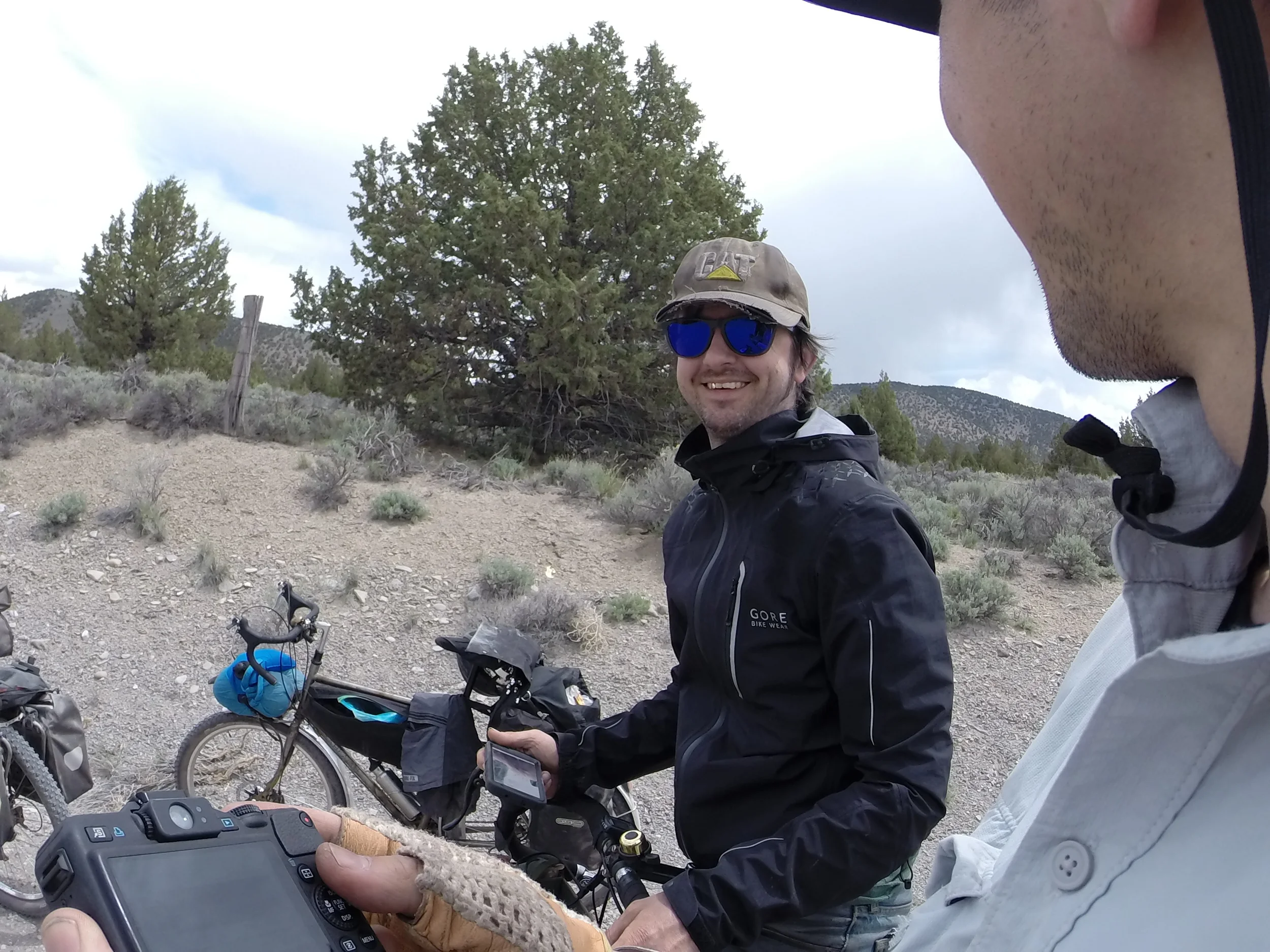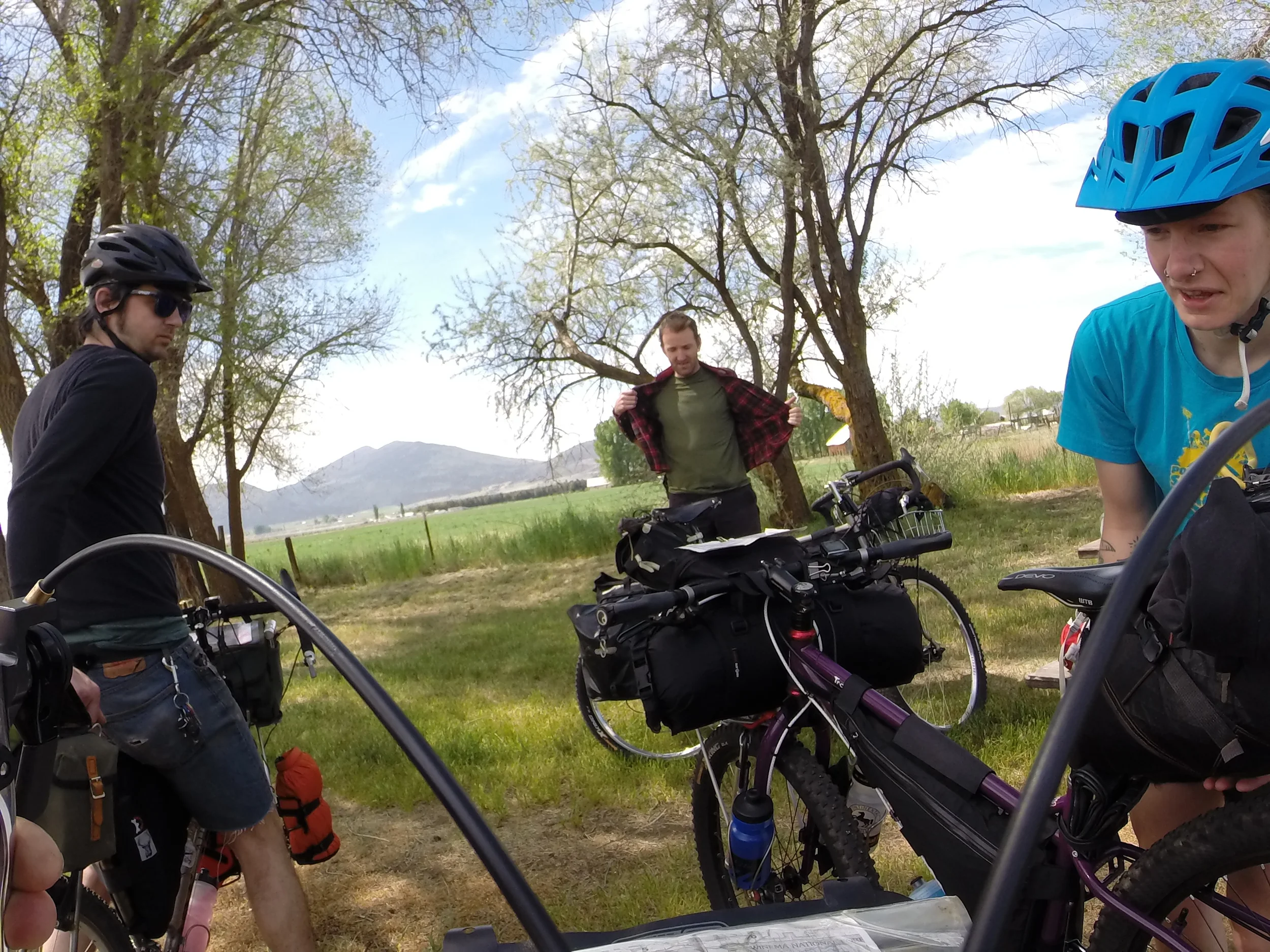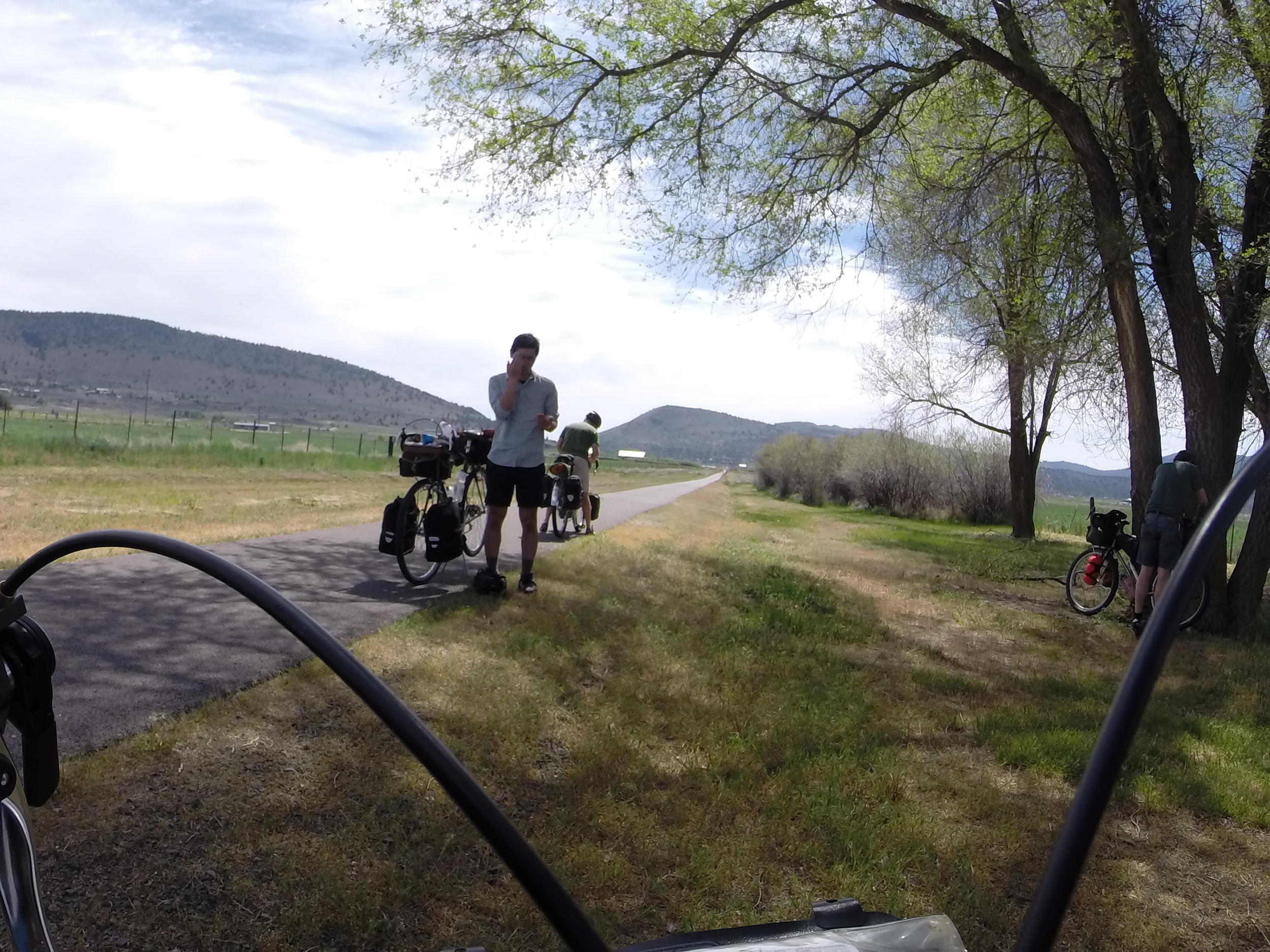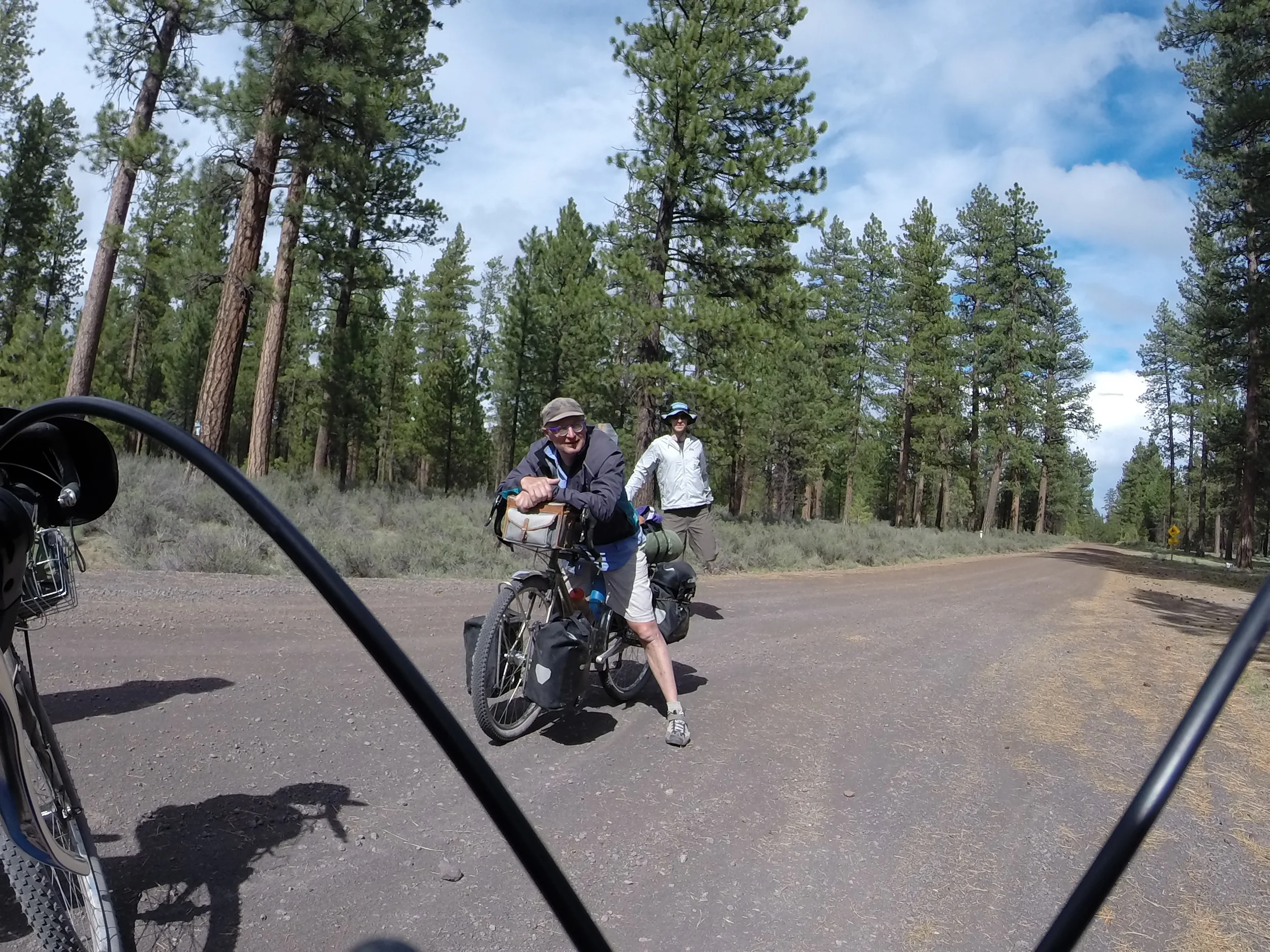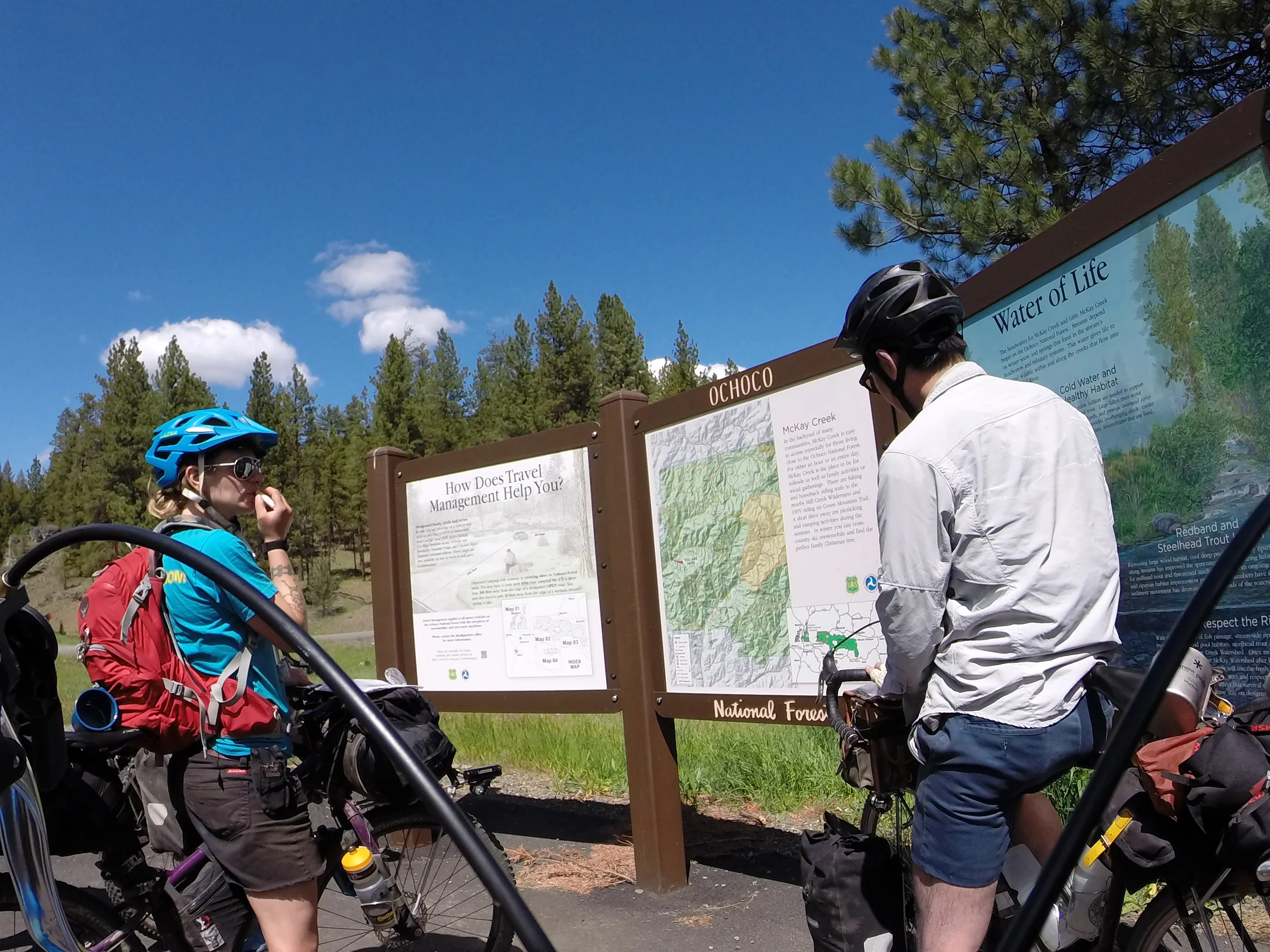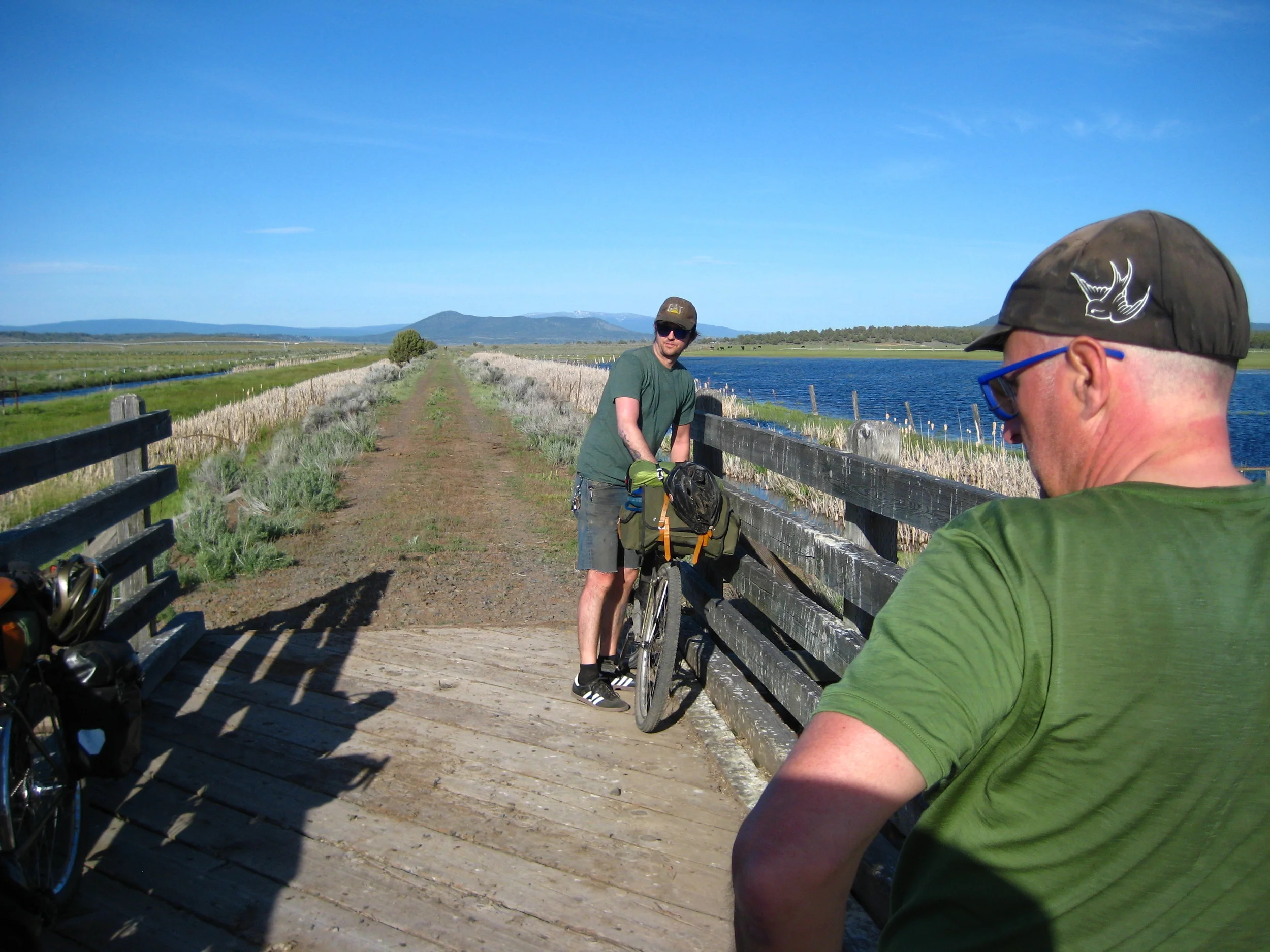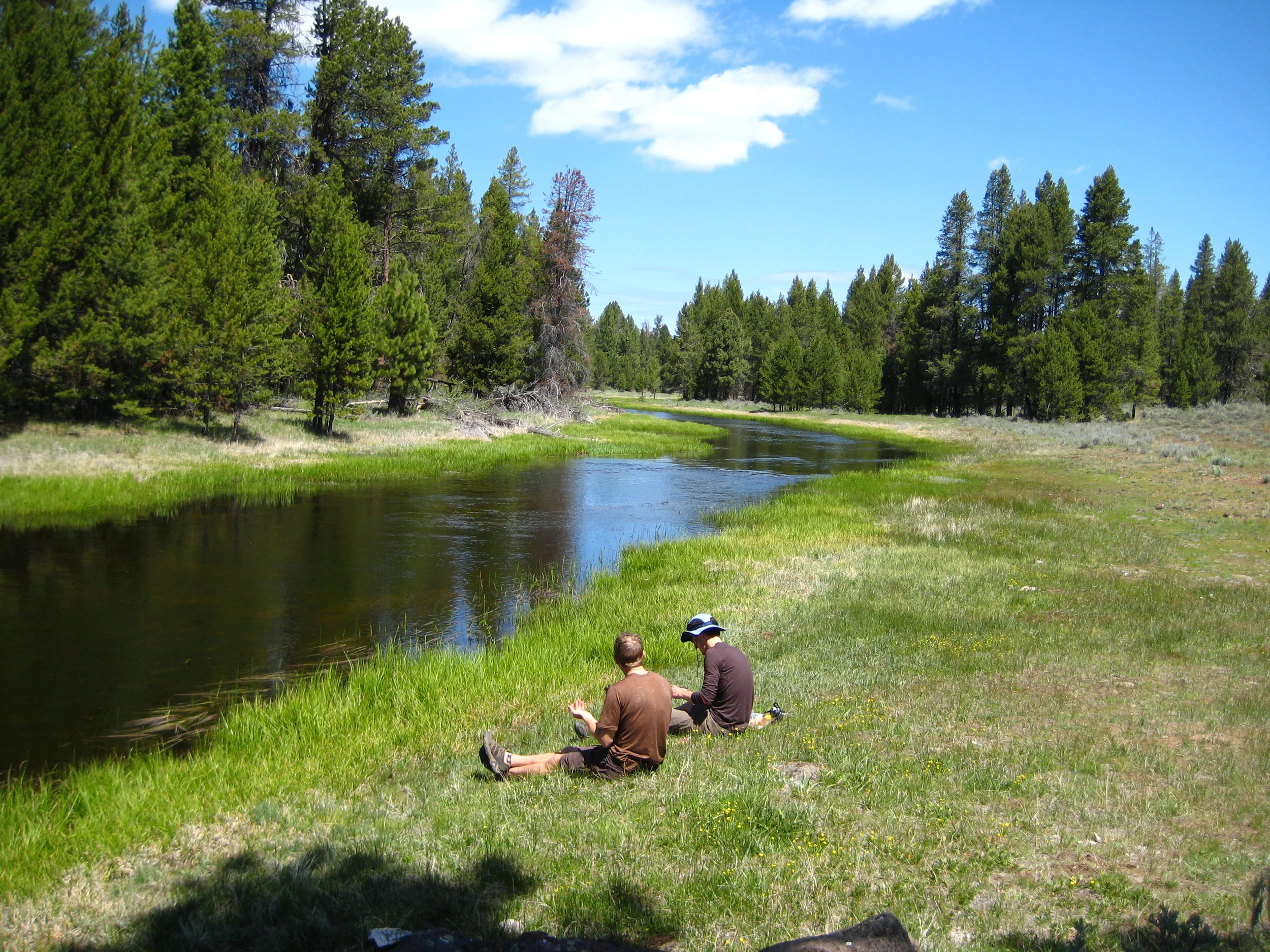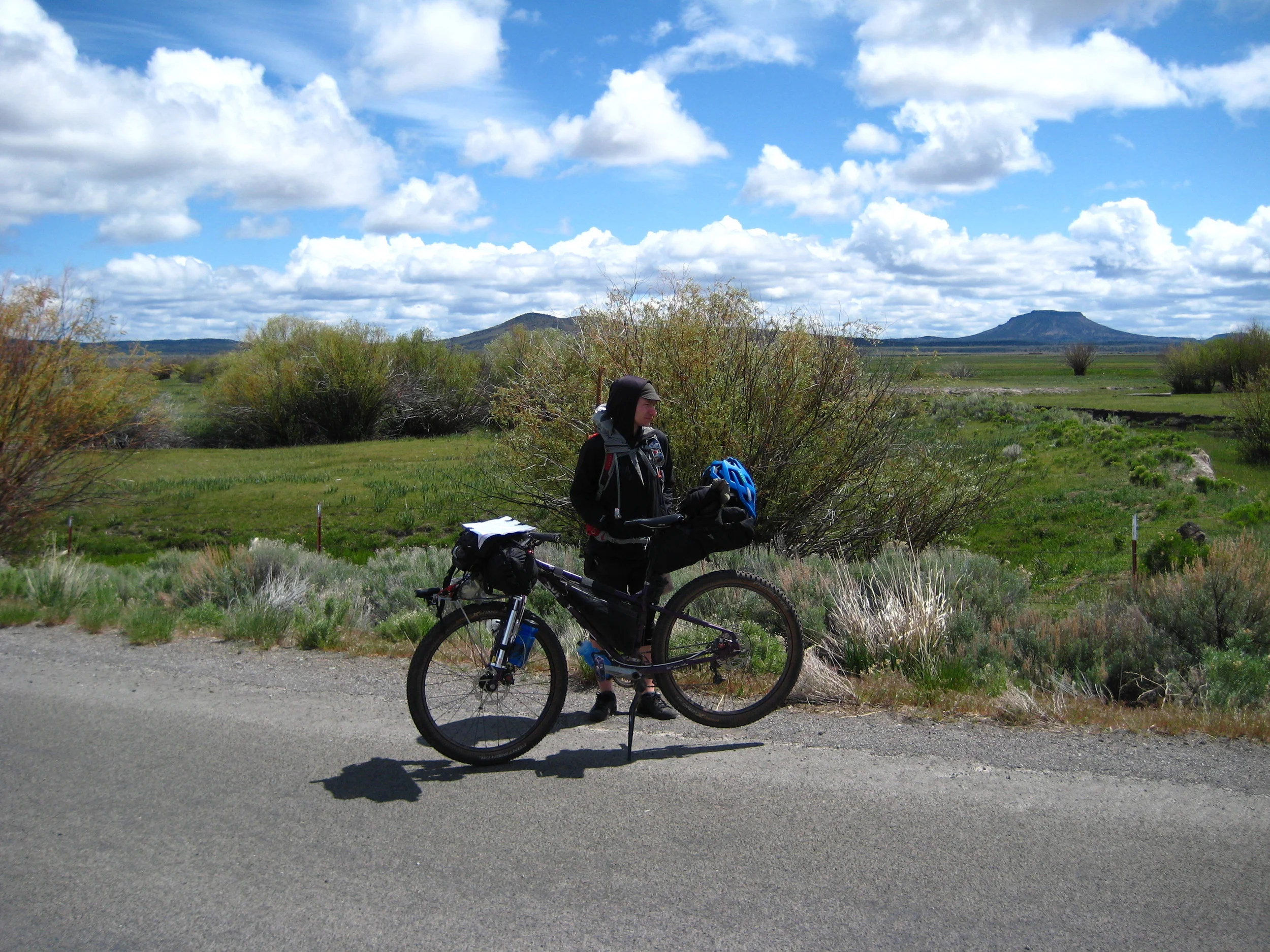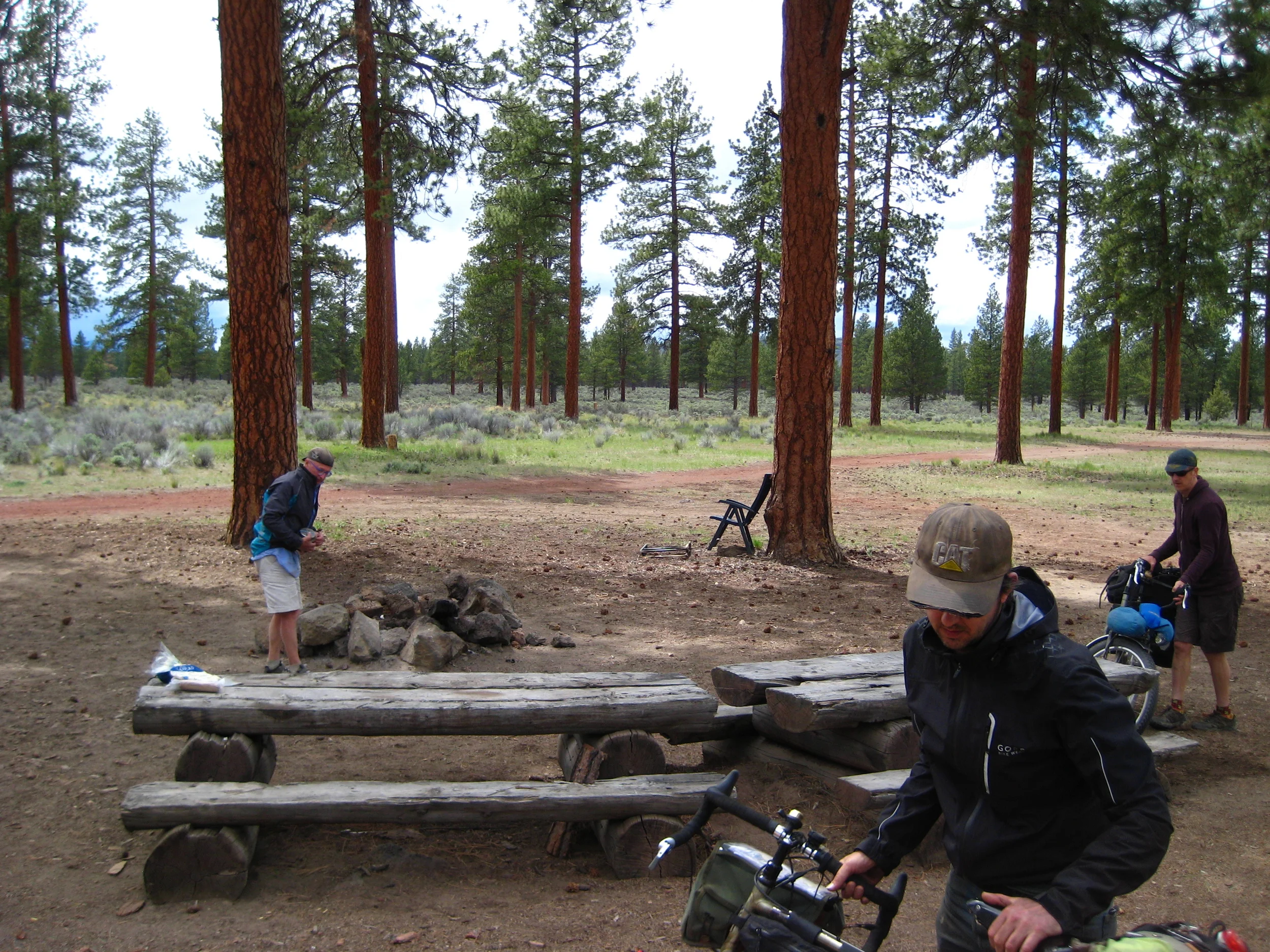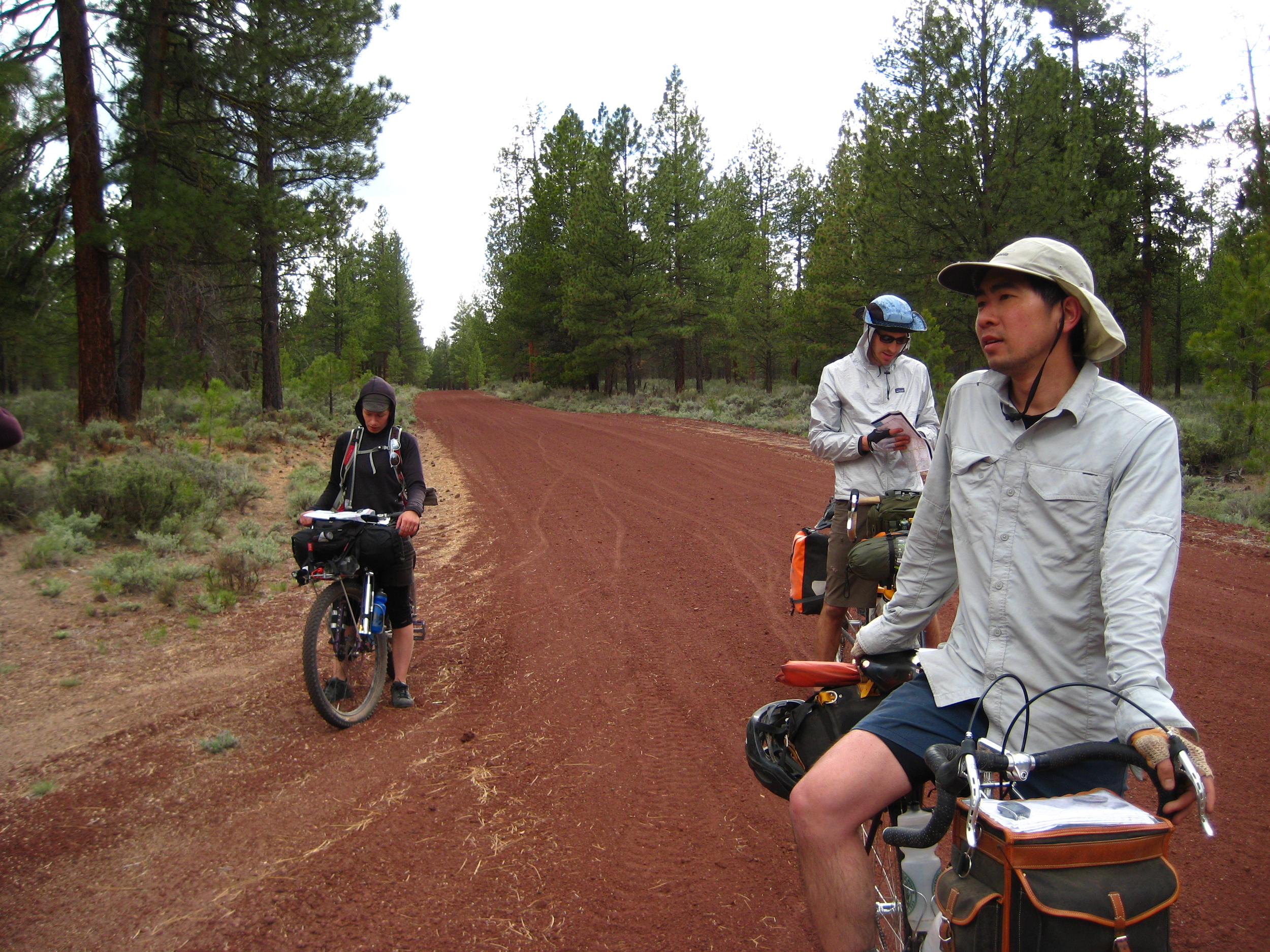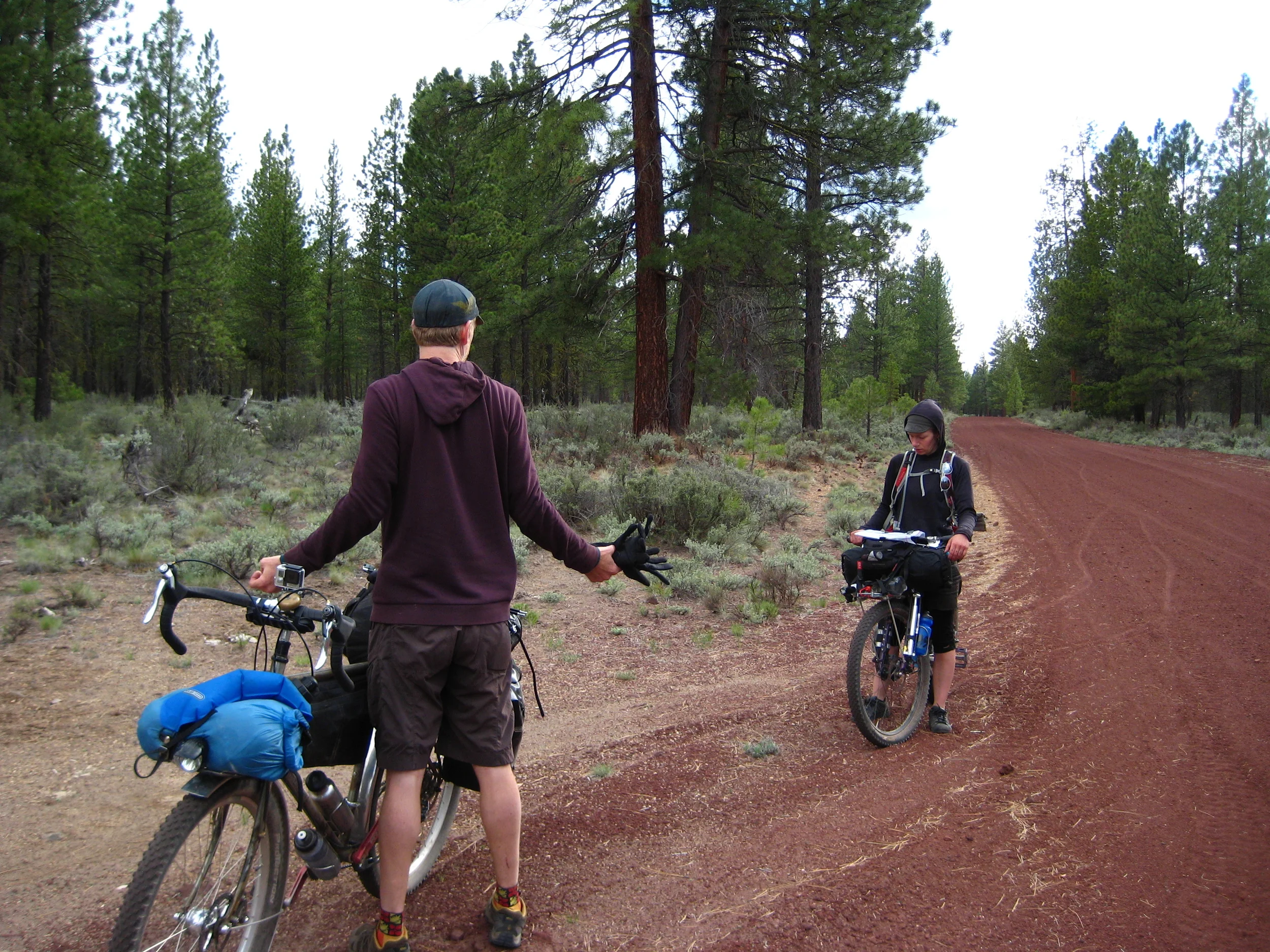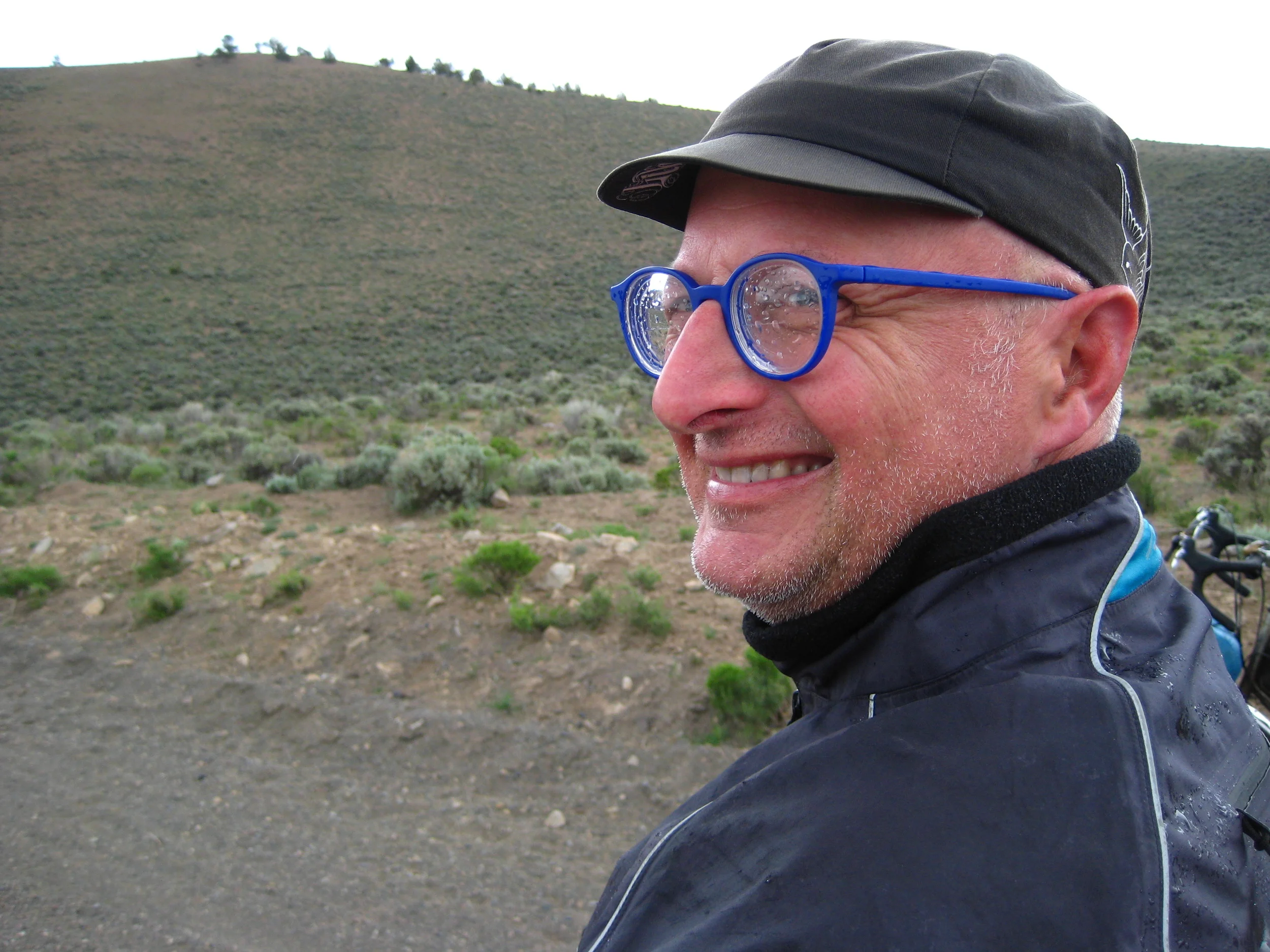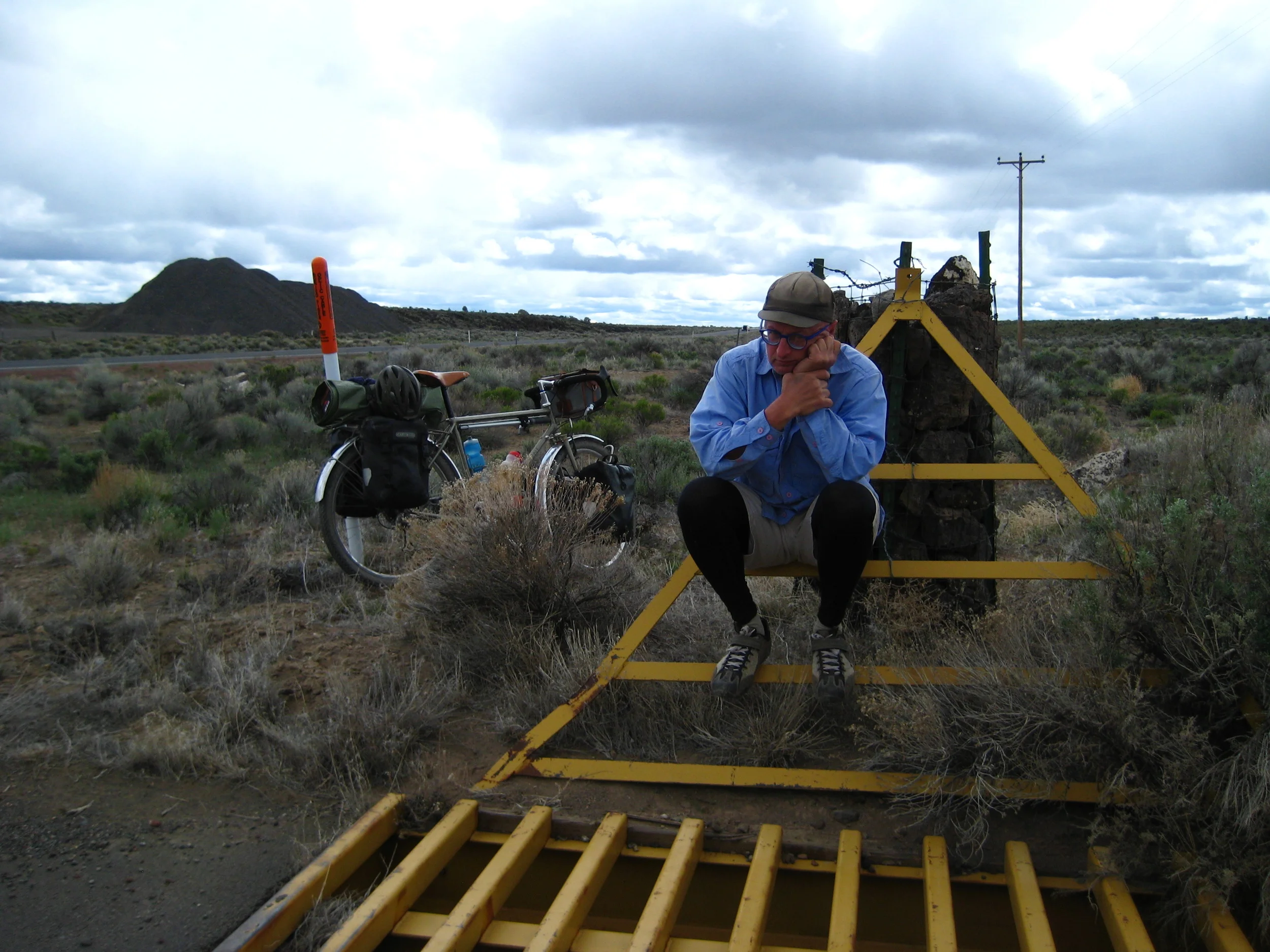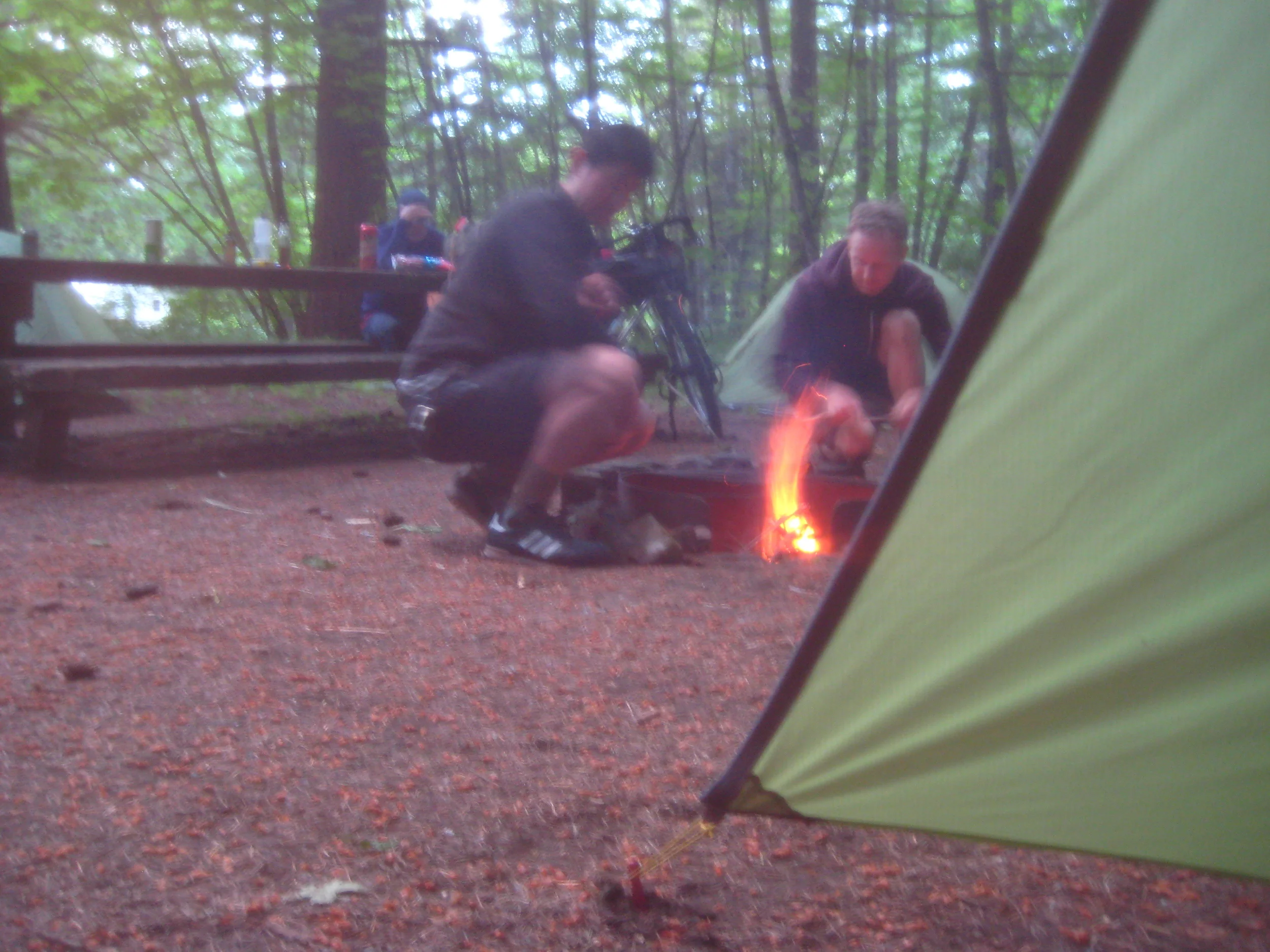Oregon Outback GPS Map
The final tally for the ride was 450 miles, give or take. Klamath Falls (Oregon-California border) to the Deschutes Recreation Area (Oregon-Washington border), and then down the Historic Columbia River highway to return to Portland.
There were seven of us riding together, which on a bike ride over several days can feel a little like herding cats. But all of us got along really well — no fist fights broke out — and, thankfully, we had no major bike mechanical problems, nobody crashed, all and all we made it through smiling, even if exhausted, sore, dirty and overheated.
Kristina: Tough as Nails
Kristina did partially tear her achilles tendon during the ride, and now, after having gone to the doctor, she’s wearing “the boot.” She’s tougher than I am, I think, because she was clearly in some serious pain while riding, but we were so far out into the middle of nowhere, that, as she said, “What choice did I have but to ride?”
Seven in Shaniko
The route was definitely remote. I don’t think we saw a car for the first three days. Lots of cows, hawks, some deer and elk, many different kinds of rodents, several snakes and lizards, a million types of birds, all kinds of carcasses in varying poses and levels of decay. The trails and gravel roads were relatively smooth, but over hours in a day the vibration was tiring. My sore ass and sore hands. I lowered my tire pressure, which helped, but I didn’t go too low because with the but with the weight on my bike I didn't go too low for fear of getting a pinch flat.
Campfire Dinner
I don’t even know what to say about the ride in general except that it was pretty awesome. Pretty and awesome. I saw parts of Oregon that I’ve never seen, and from a perspective in which I could smell it, feel it, taste it, my body had to push over it. The sky was so massive dynamic. The nights were cold, the days mostly hot. The wind was intense. It was an adventure, and every day presented a new challenge; big gravel climbs, stream crossings, unbroken heat, water scarcity, threatening storms, physical & mental exhaustion, new aches & pains, the existentialism that comes with being in big empty places. It’s interesting watching the internal dialogue that goes on while pedaling on a long, hard ride, and how the tone of optimism or negativity of what’s streaming through your head is directly linked to how your physical body feels in any given moment. When you’re tired, hungry, or in any sort of discomfort or pain, the volume of the negativity may turn up. Or, if you’re well rested, well fed, cruising with a tail wind, the voices in your head may sing with joy. You can’t listen to either voice too closely because as sure as the road rolls under you the voice will pass away and some new thread of thought will arise. Letting it go (pedal-pedal-pedal), and letting it go again. This is the meditation of cycling, watching your breathing, your body taking over where your mind leaves off.
Barn & Sky
This ride was challenging, for sure, but I felt like the route was well chosen, the maps were close enough to accurate that we didn’t have much trouble finding our way. We stopped at a few intersections, consulted each other about which route was the “right” route. There was no back-tracking, except for the time when Jrdn took us up the massive hill that he wanted to climb, the one that came to a dead end. But that was all in fun, and we’re still thanking him for that.

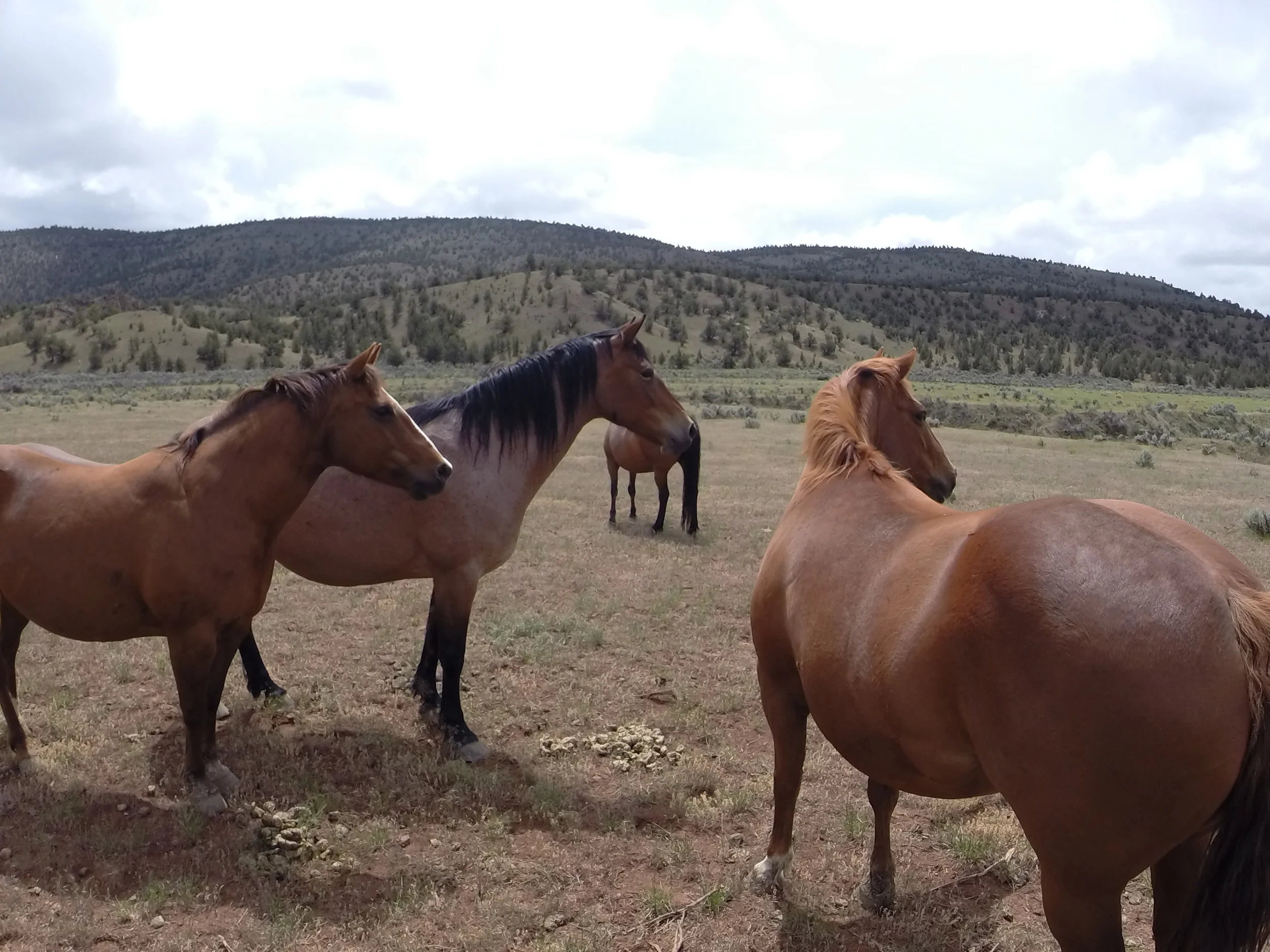
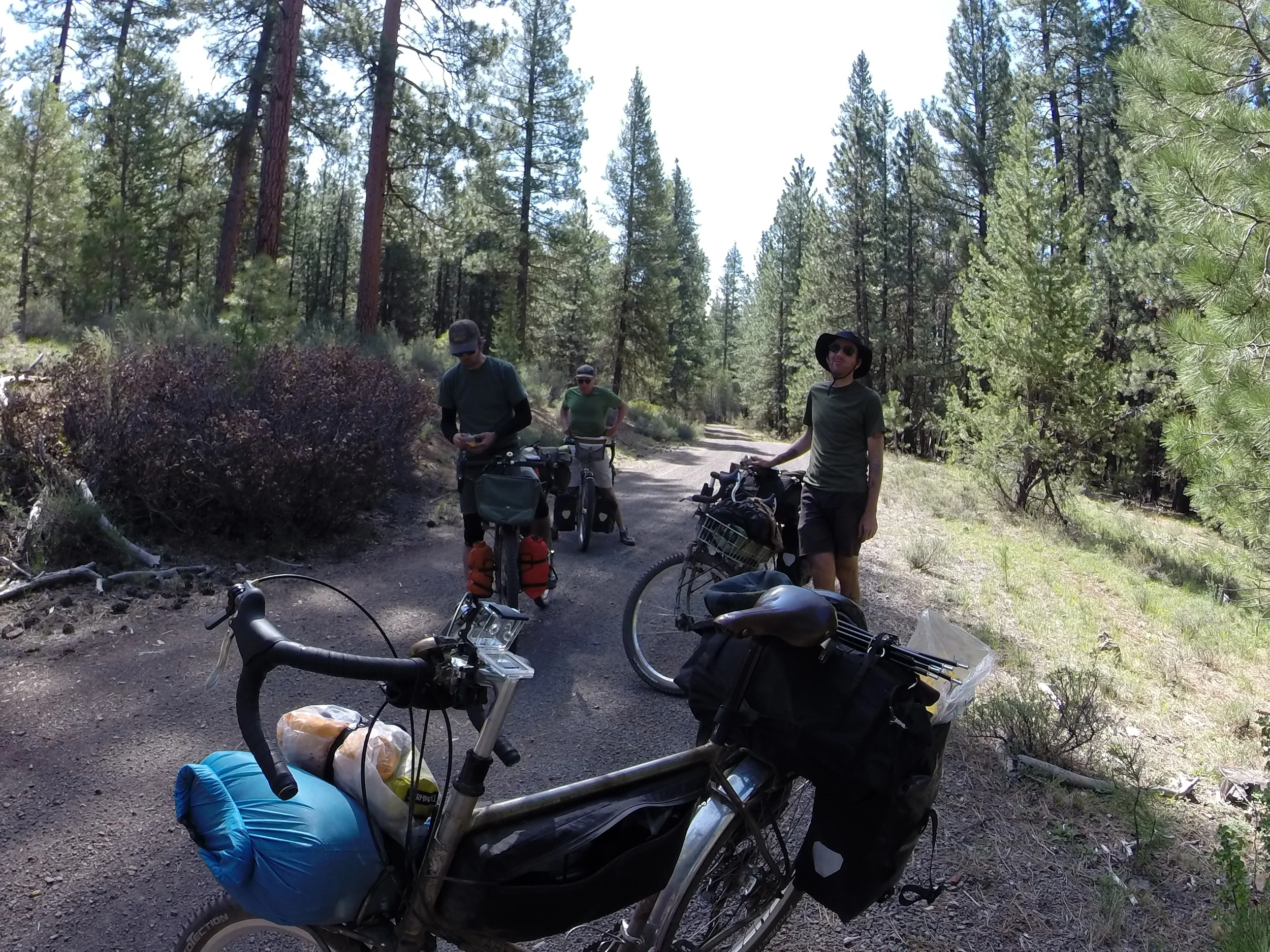
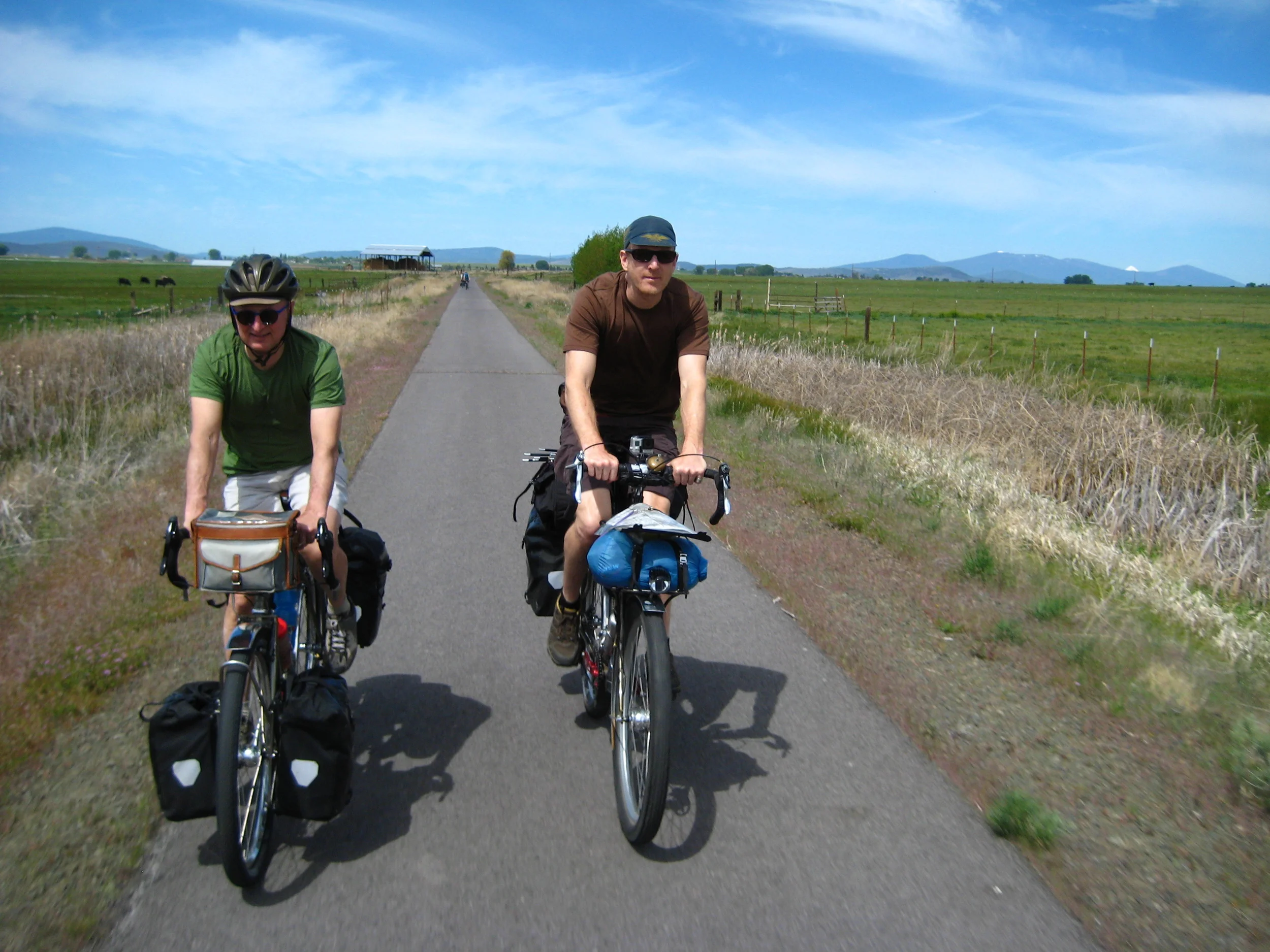
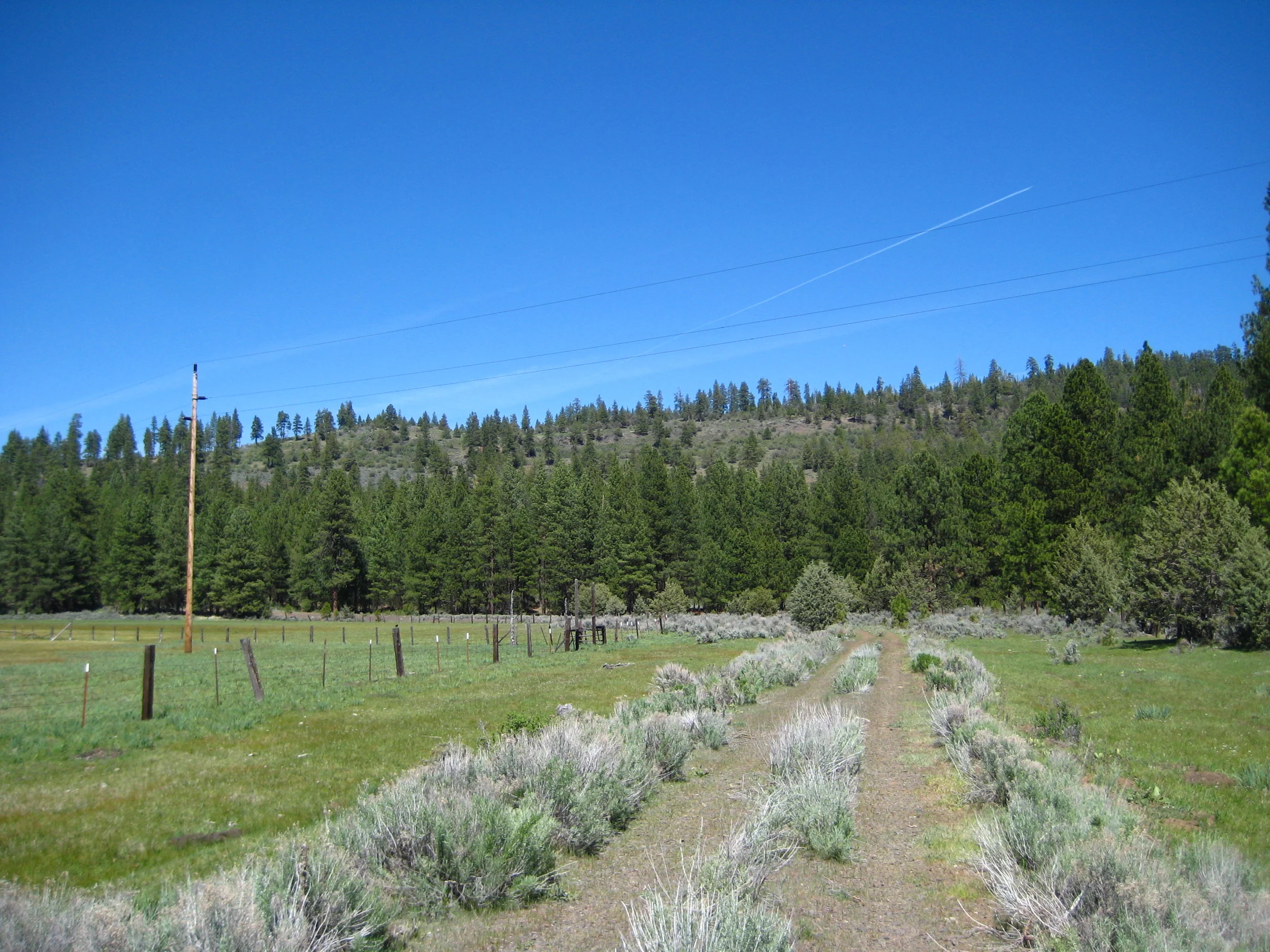
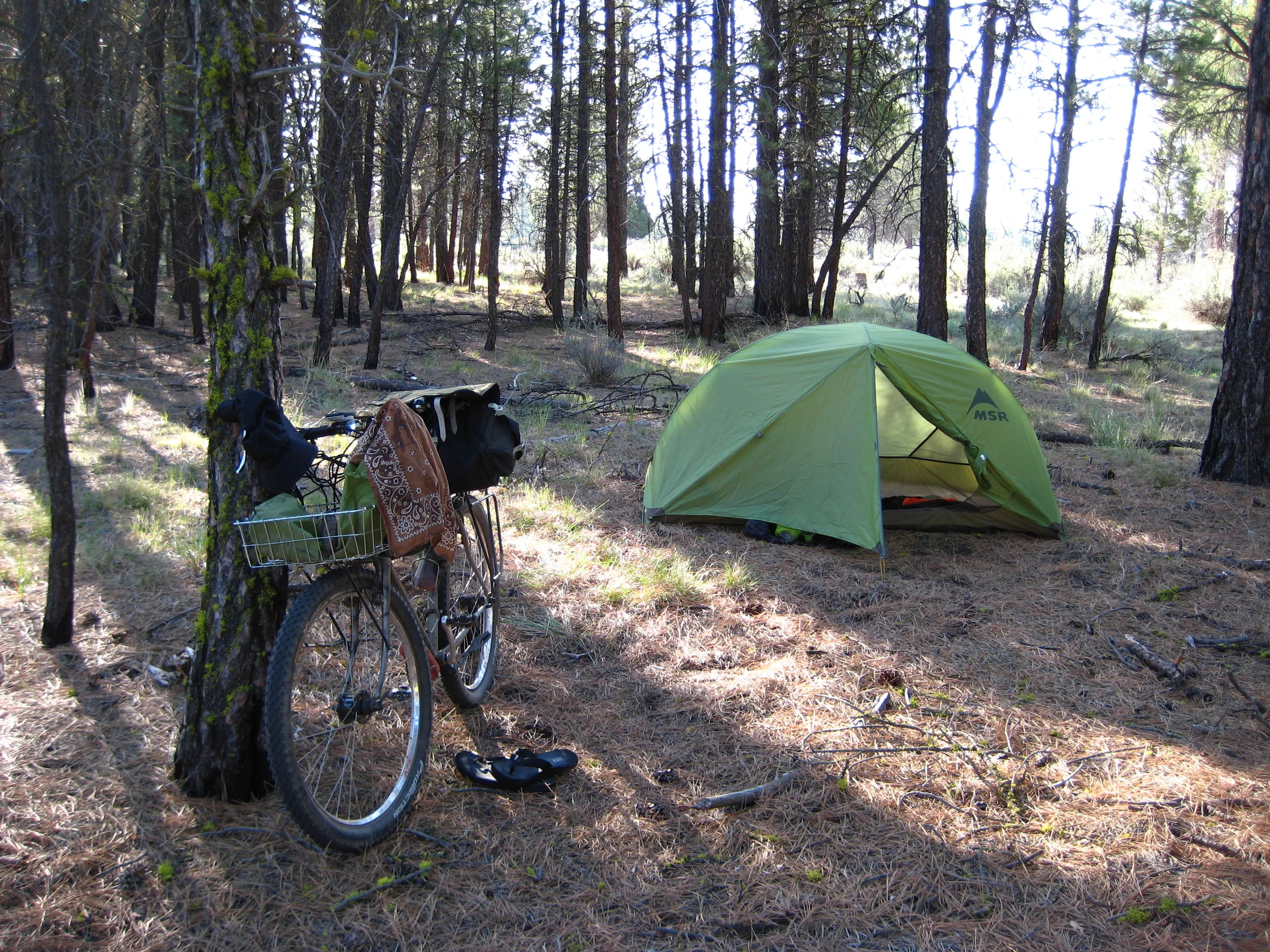
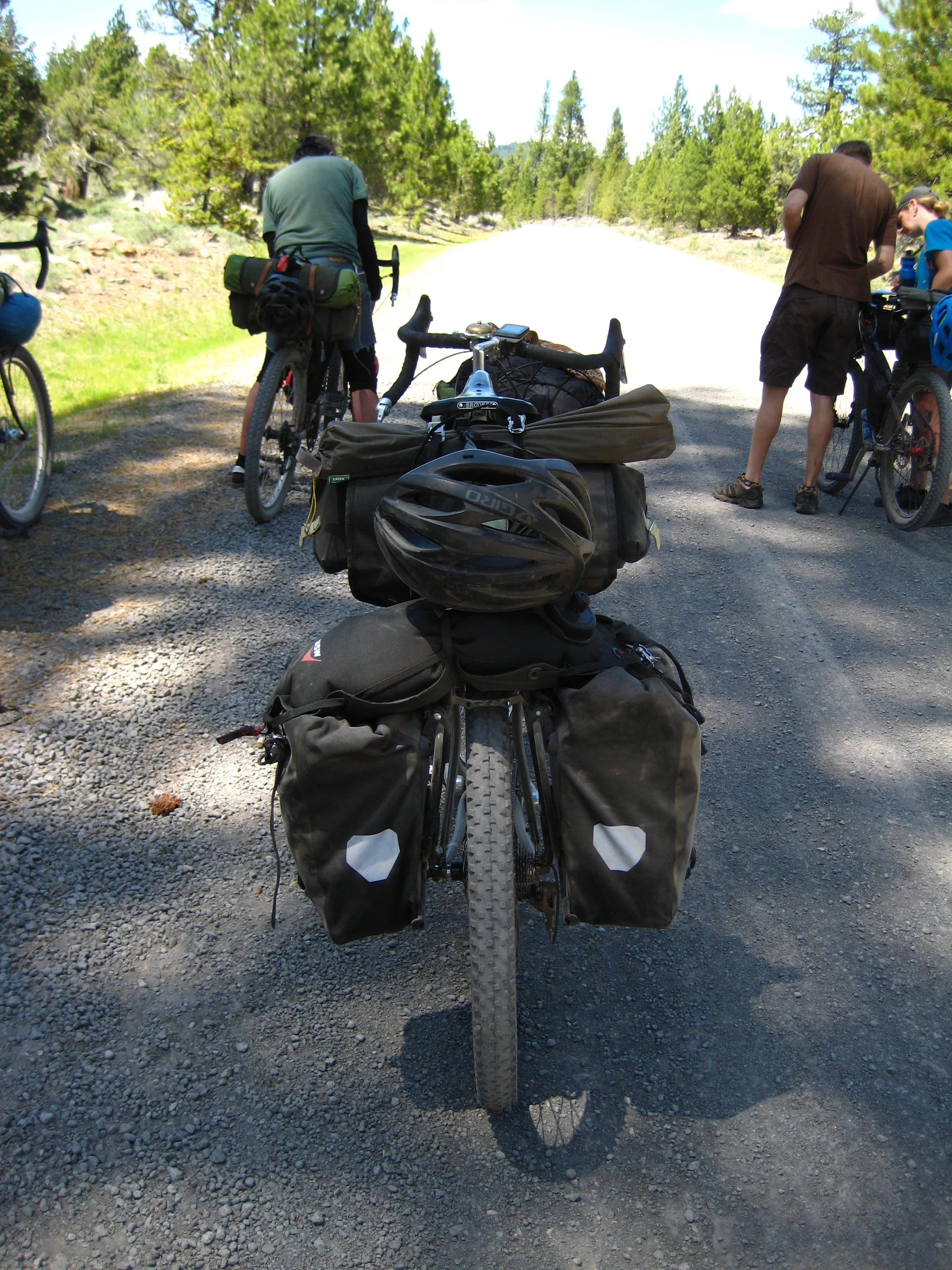

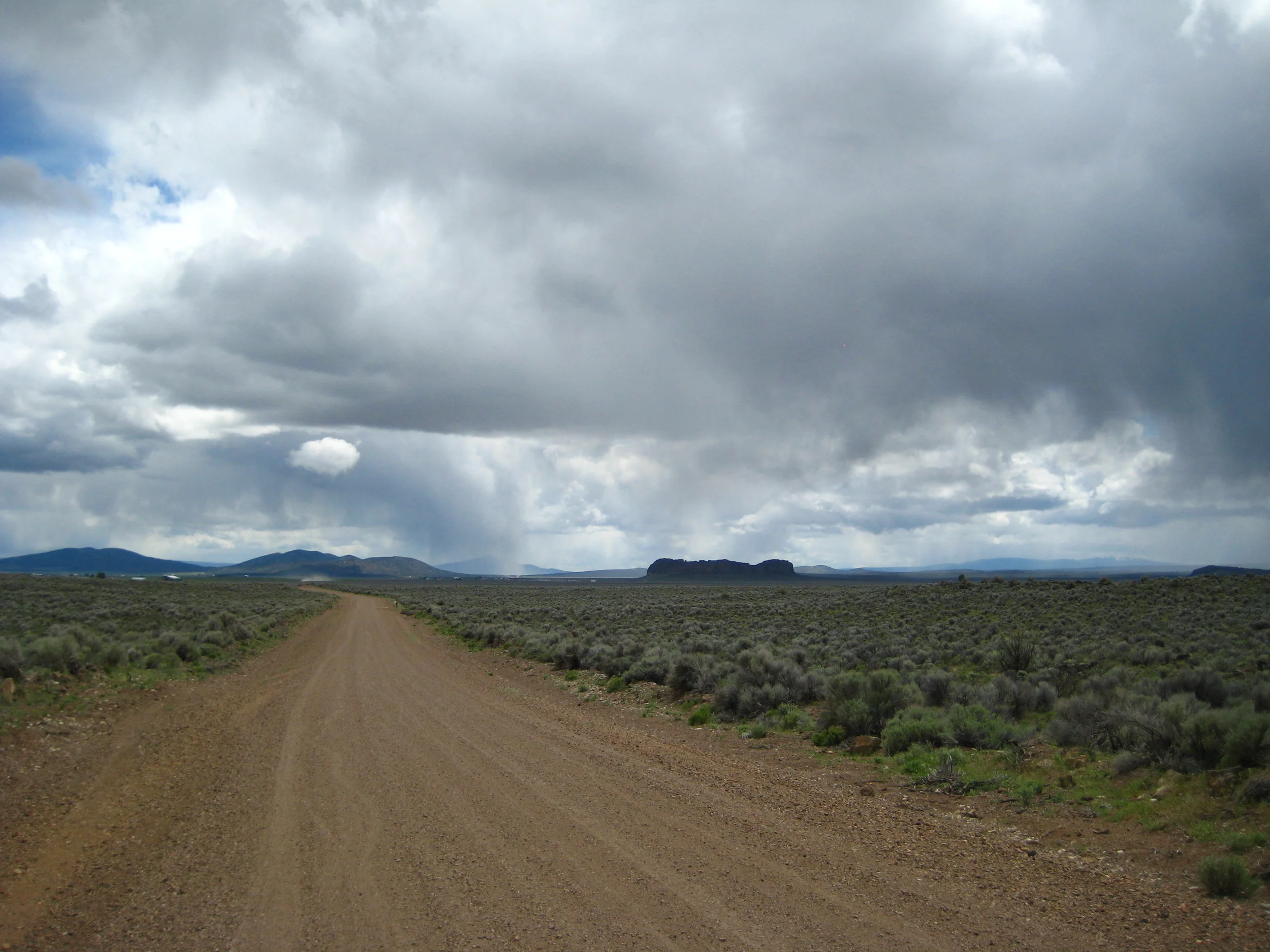
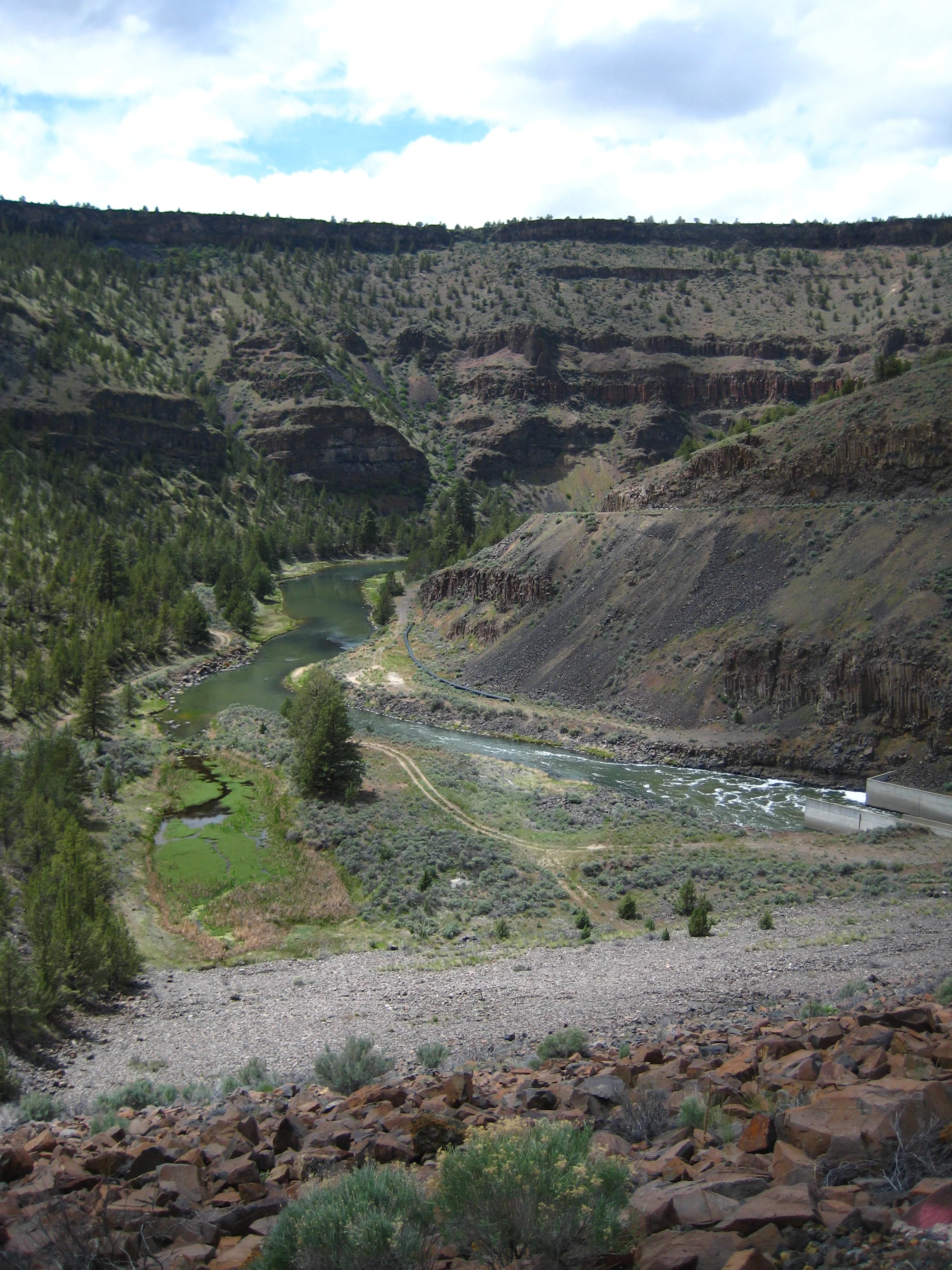
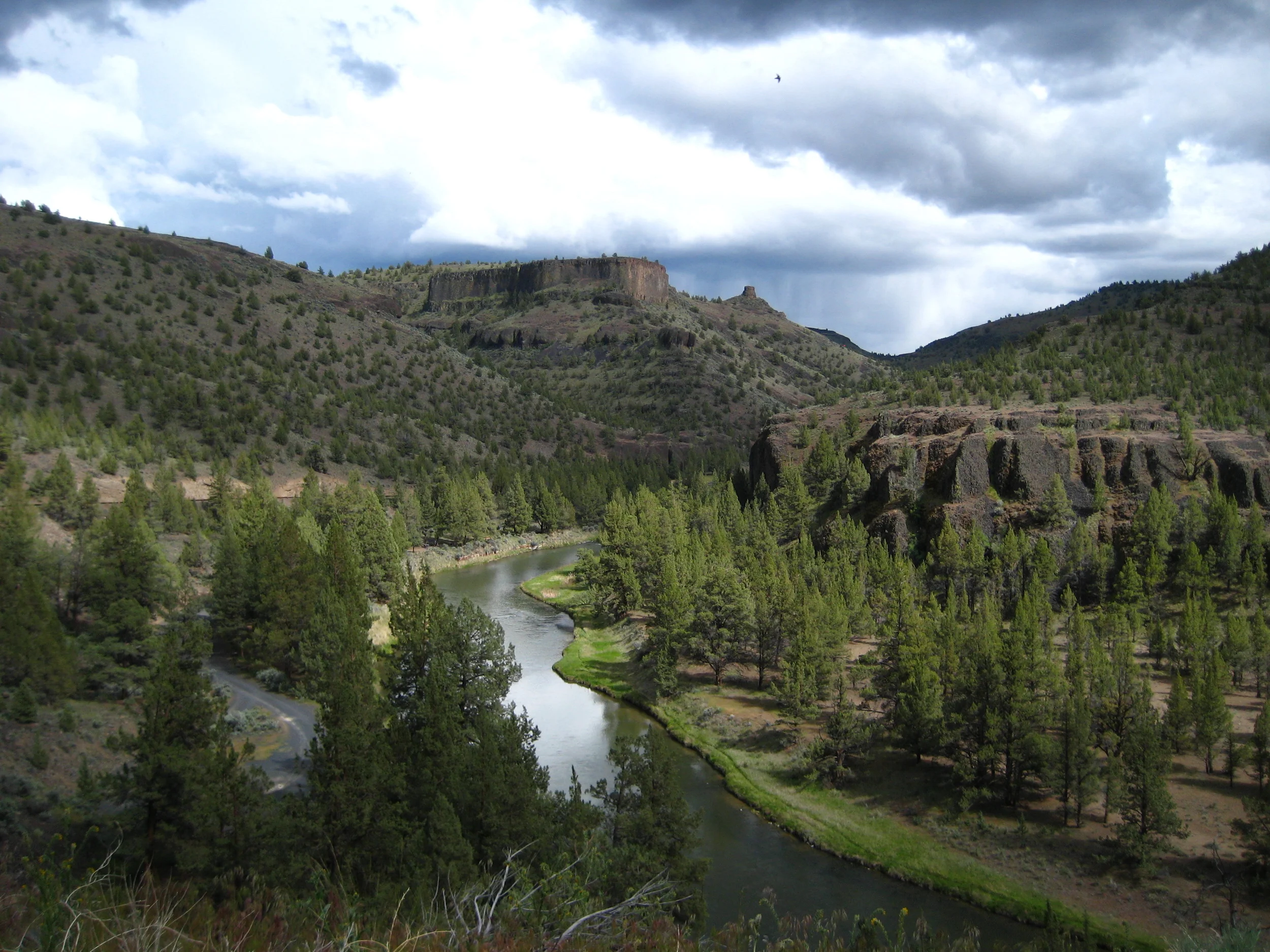
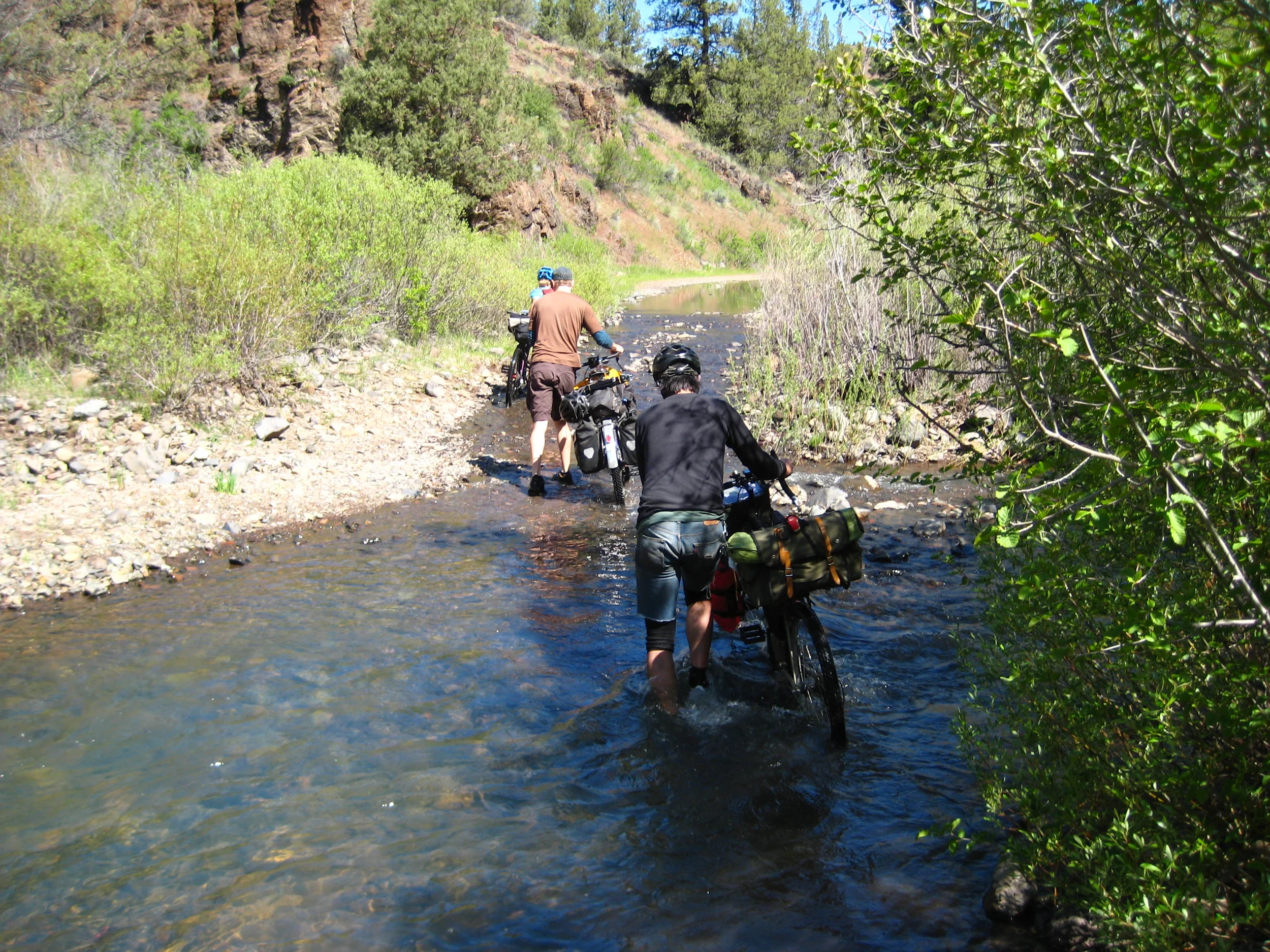
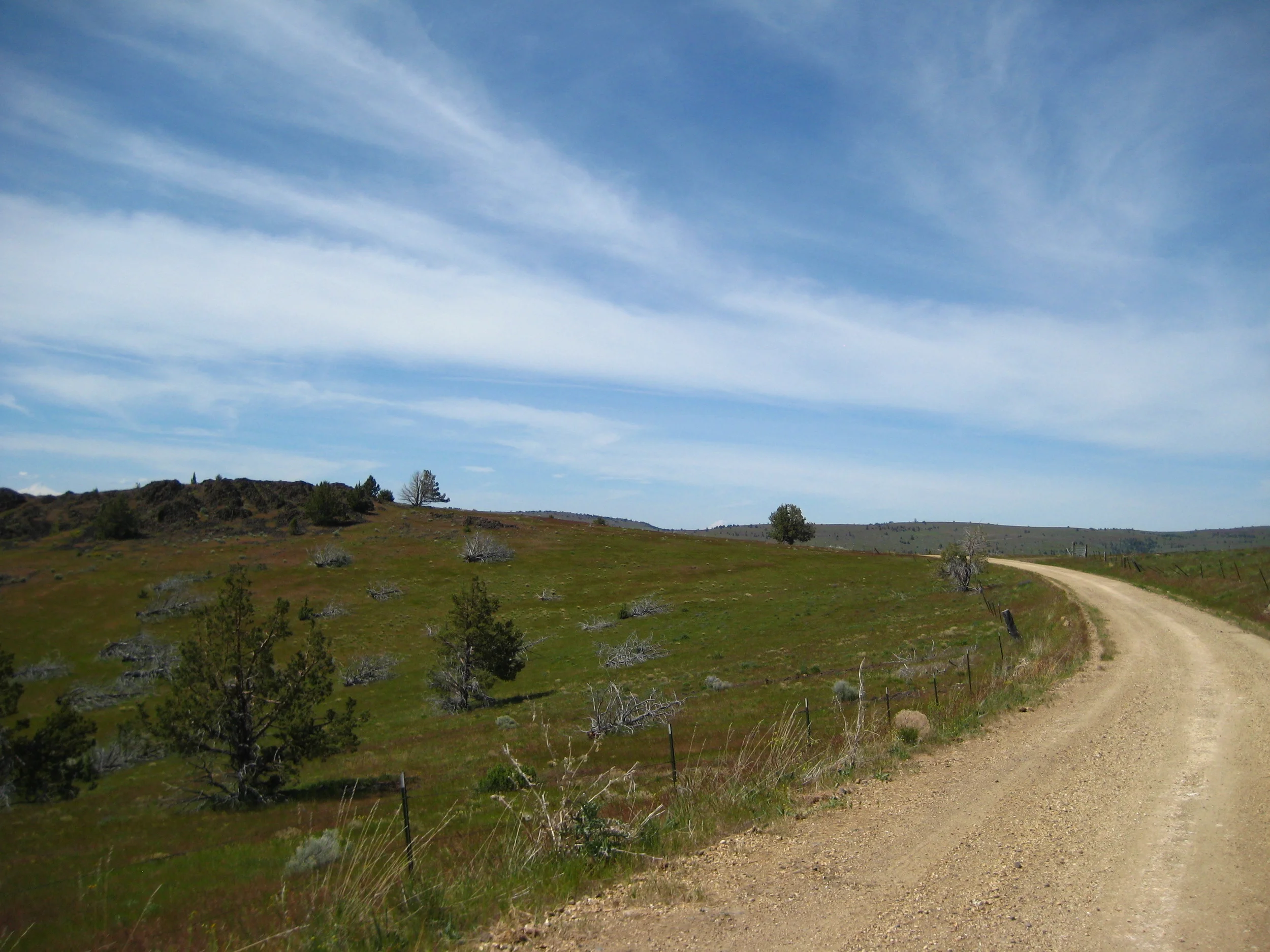
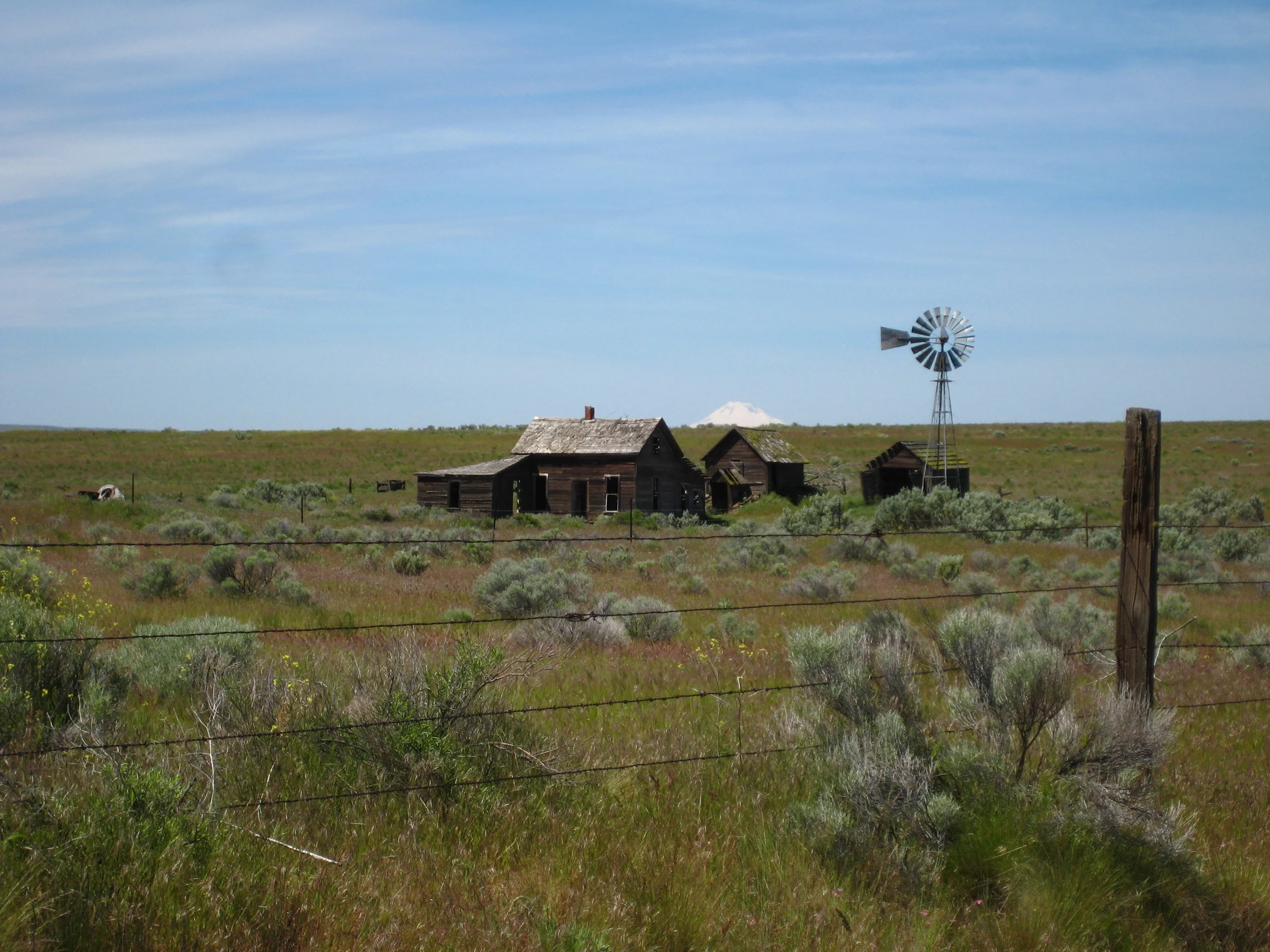
Jrdn's favorite climb led past this sign
Climb out of the Columbia River Valley
Donnie of Velodirt really did his homework when putting together this ride. The days where water was scarce were well noted on the cue sheet, and as a group we made sure to come prepared with plenty of water carrying capacity, and filtration systems. Whenever we came across a stream and knew that it might be our only source for some miles to come, we loaded up. And for food, each of us carried enough to feed ourselves for several days, and resupplied when the opportunity presented itself. We didn’t pack light. We had tools and patches and spare tubes, extra fasteners, first aid and gorilla tape, bug repellant and some whiskey. We didn’t have to use a lot of the extra things we brought, but what we did need we were glad we had. I don’t think this was a very good bike tour for someone with no experience — not a good learning trip because the stakes were too high, and there was not really any good way to bail out of you lacked something crucial. But, if prepared, and prepared to rough it, there’s no better way to tour than away from traffic.
As for the four Ahearne bikes on this trip, there were no complaints. We were all grateful for the fat, knobby 650b tires, for the inherent flex of steel to help take up the road shock, and the carrying capabilities these bikes offer. The handling on fast gravel descents was confident and sure, at least as much as fast gravel descents allow. They climbed well, and took the abuse of being fully loaded over days of bumps, dirt, pumice sand and stream crossings. There were no mechanical issues, and each person said they were really pleased with the overall ride of their bike. Better yet, this bike has been officially named. From here on out it’s going to be called the Outback. The off road touring bike. I’ll talk more about the bike soon.
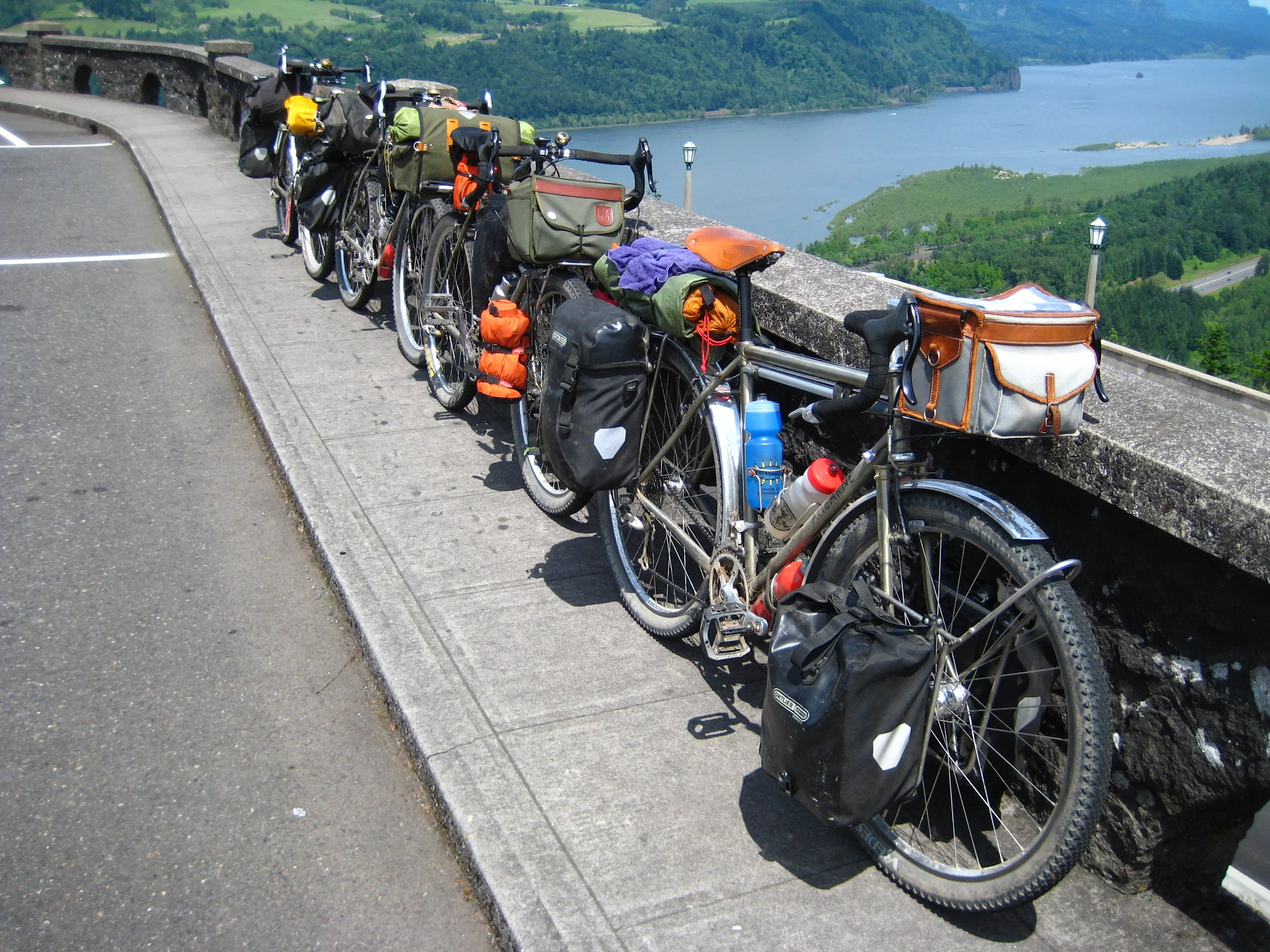

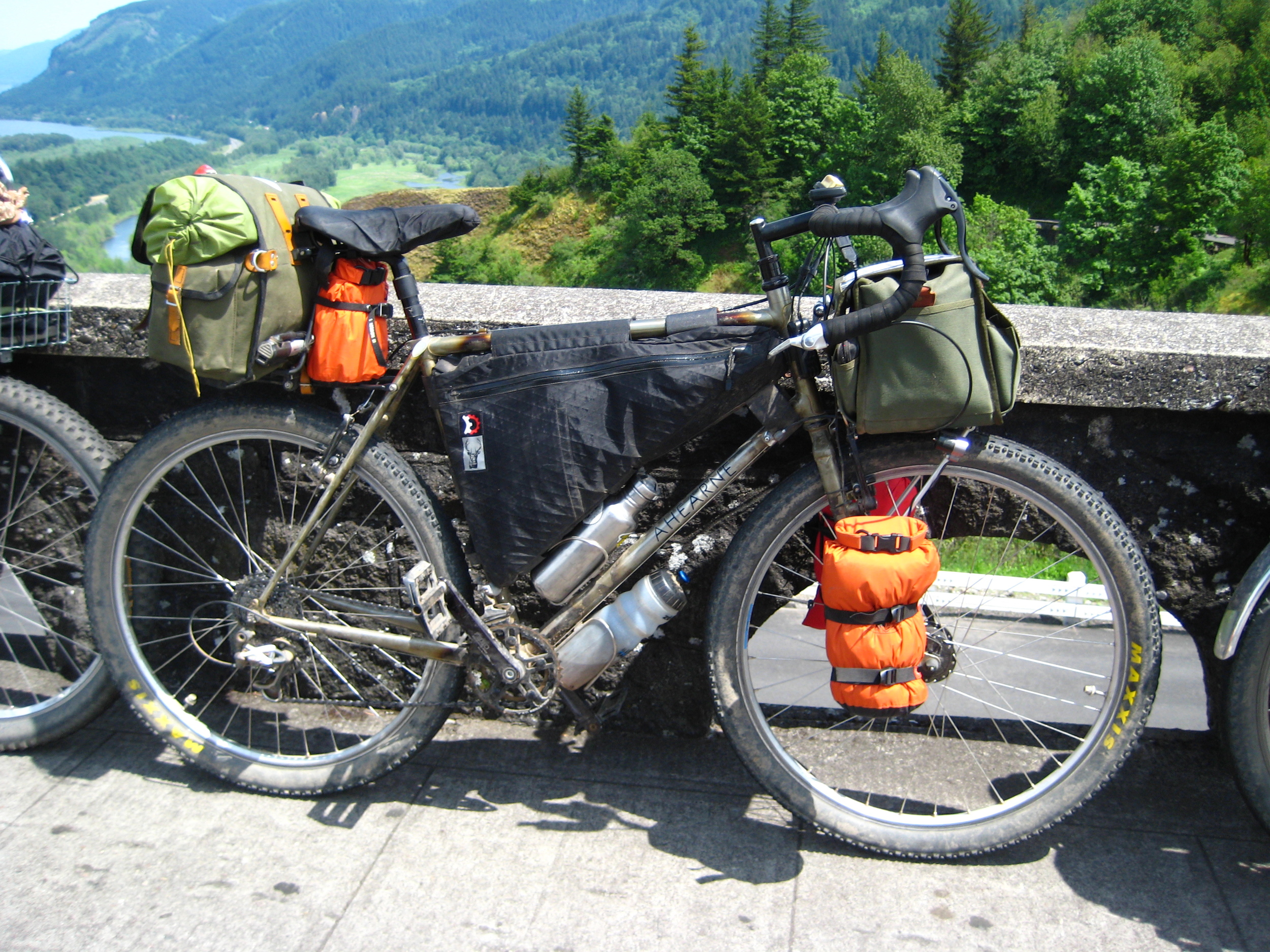
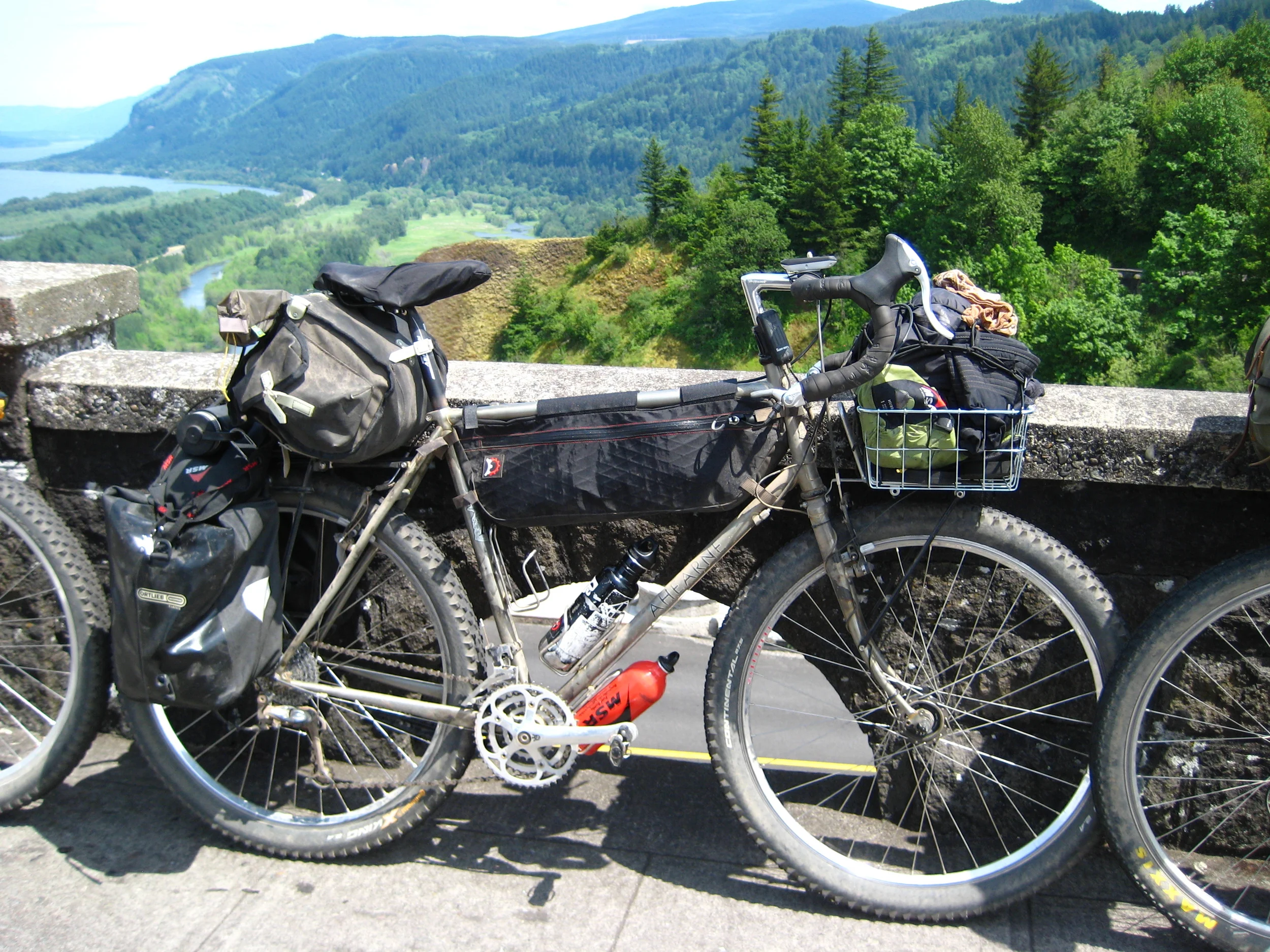
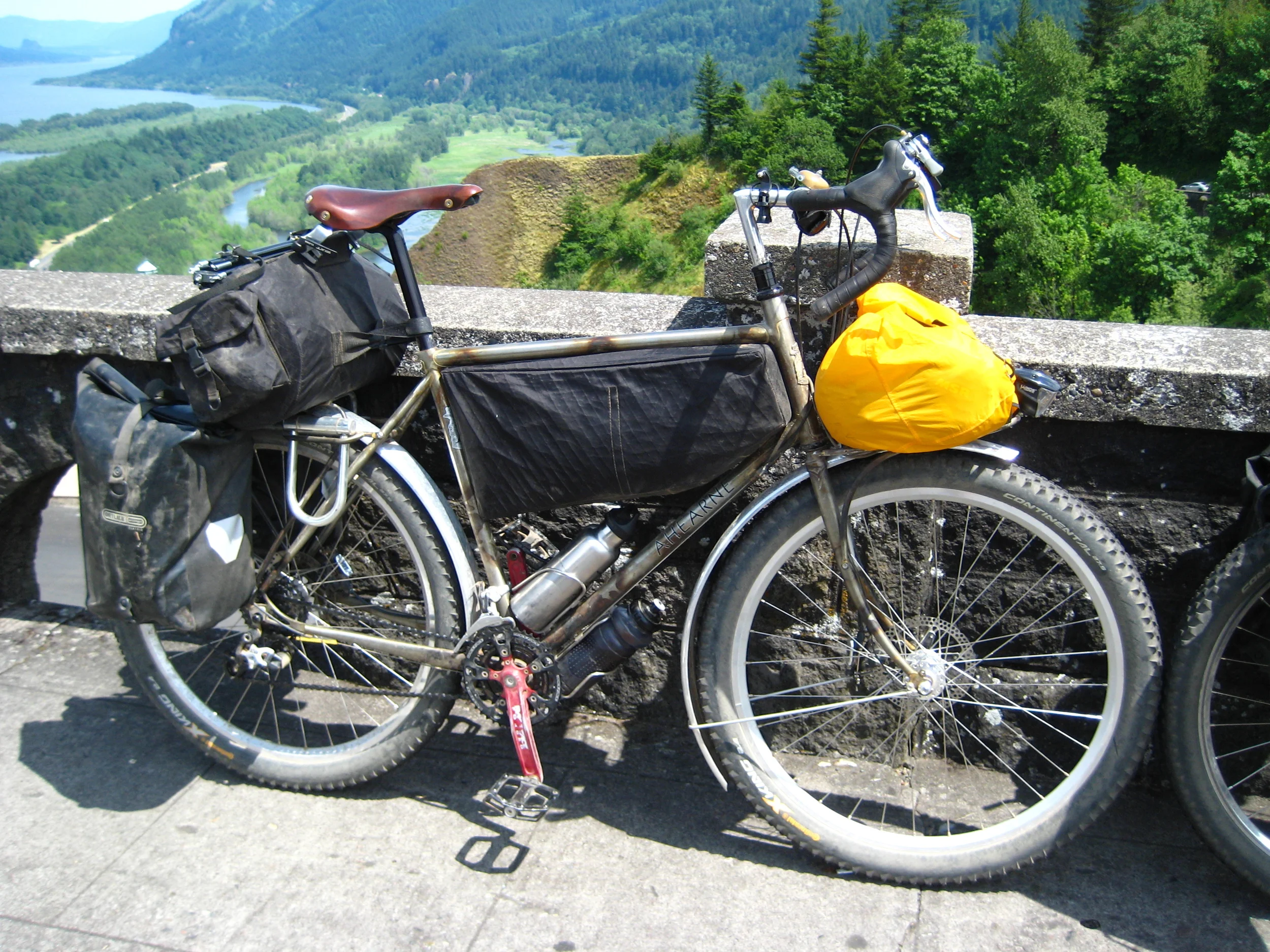
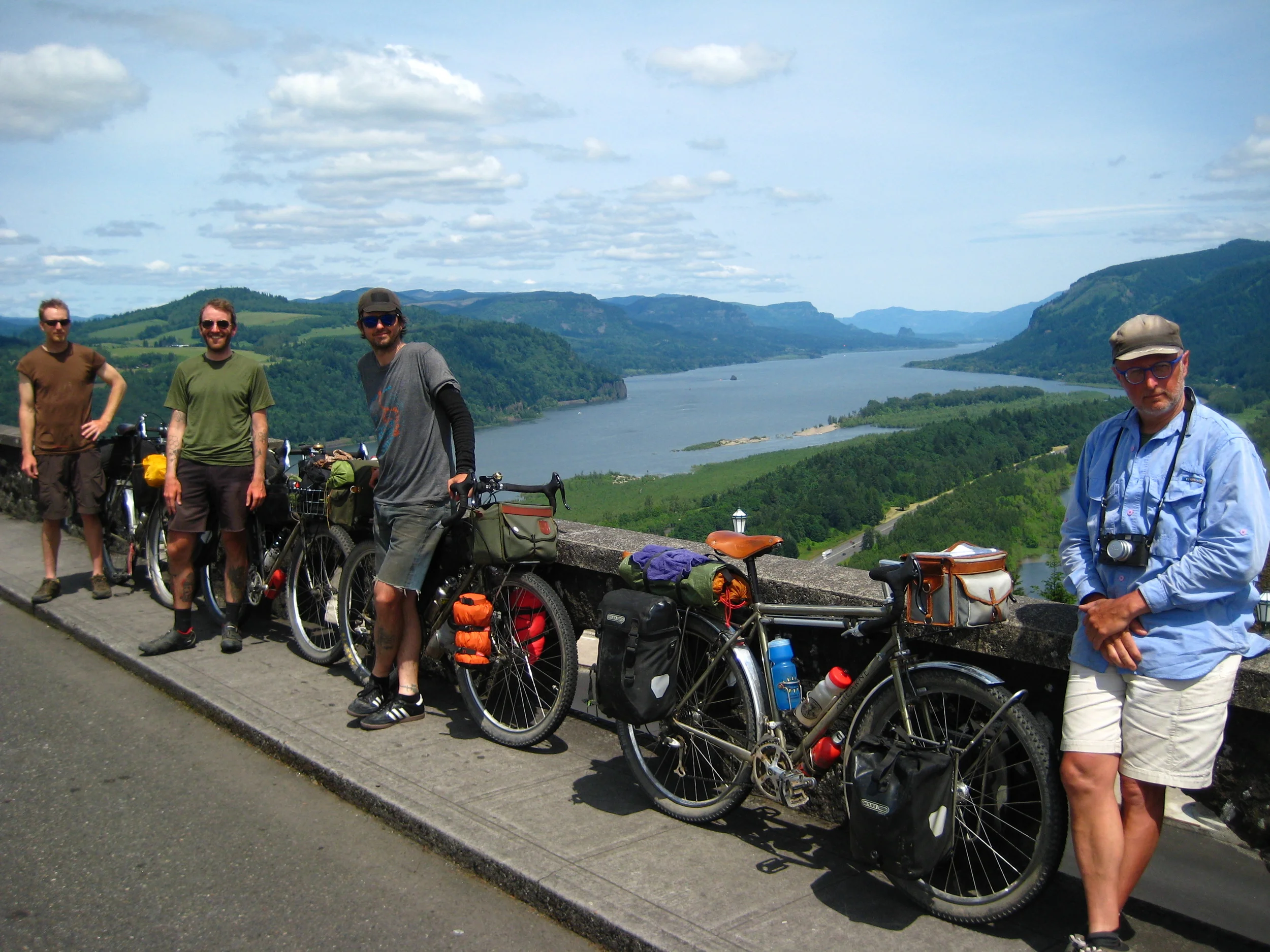
The Outback Machines


